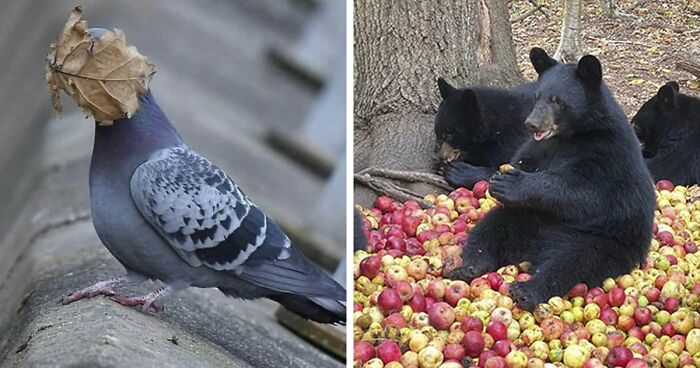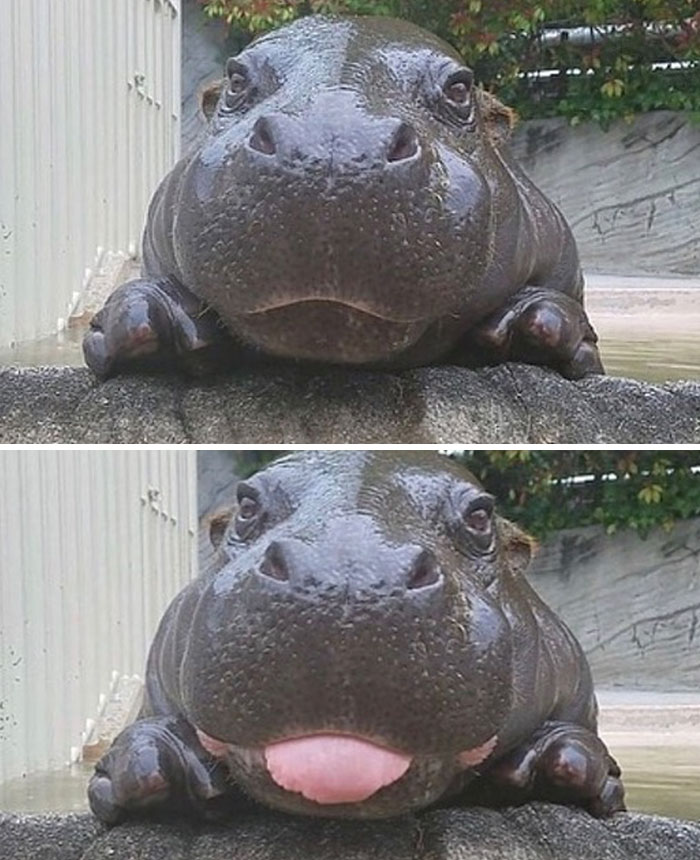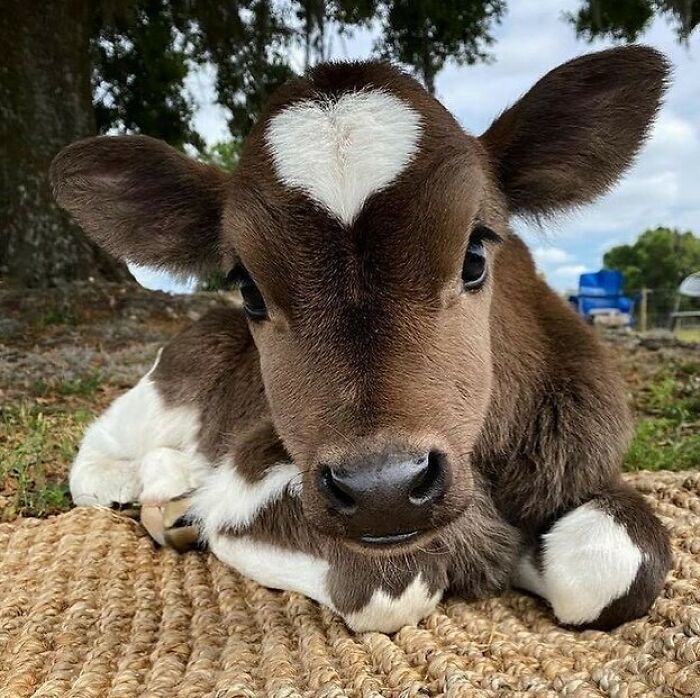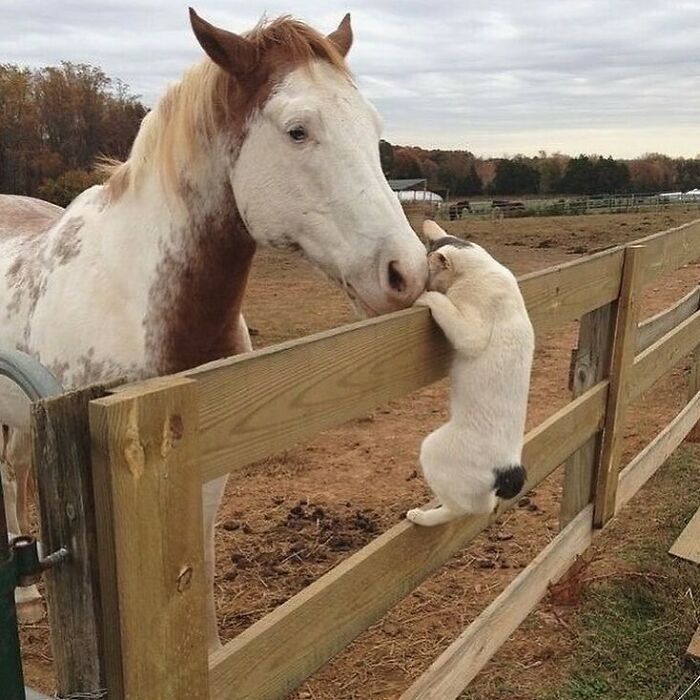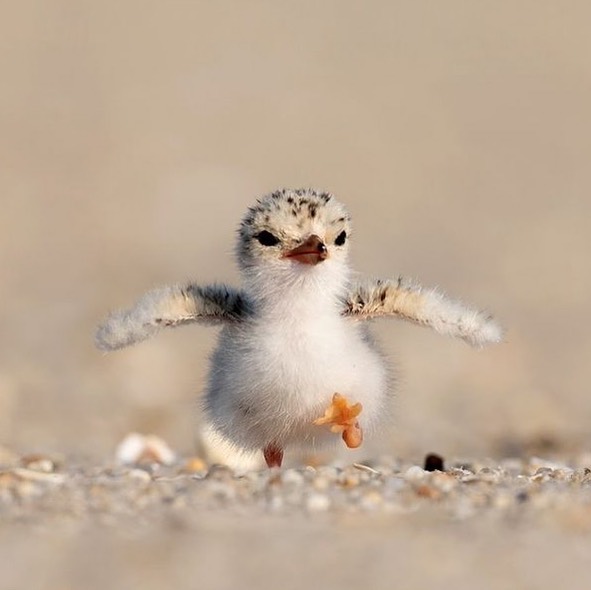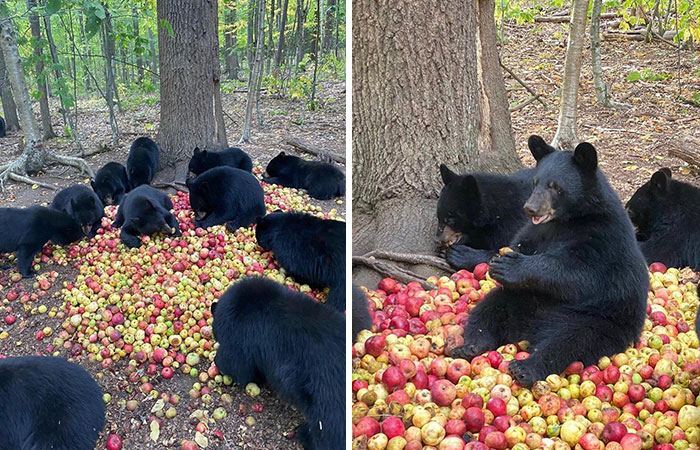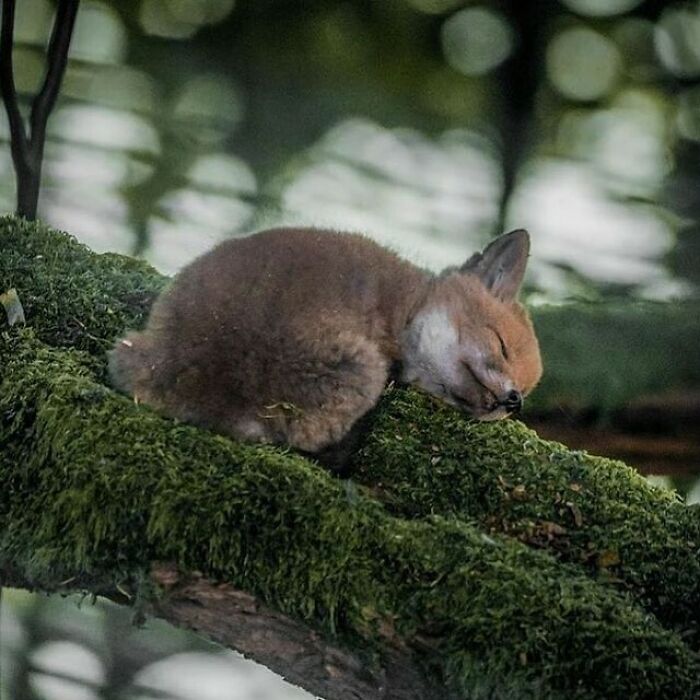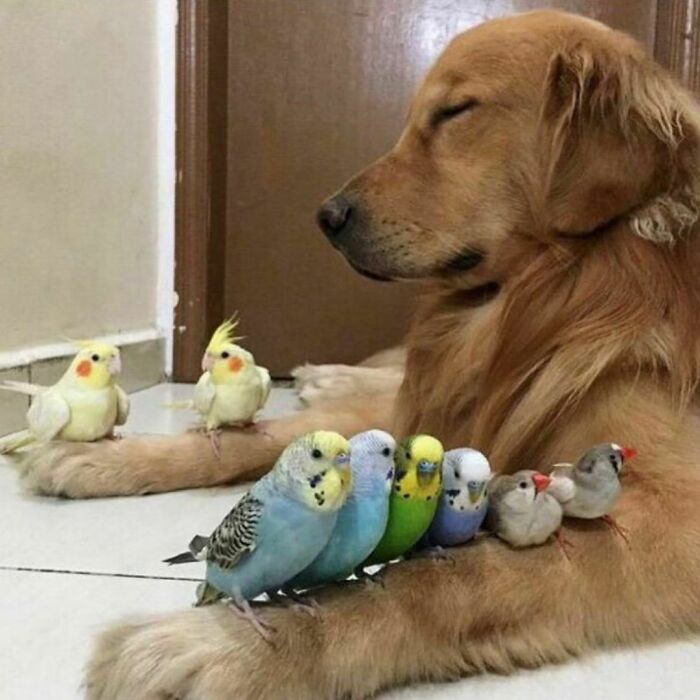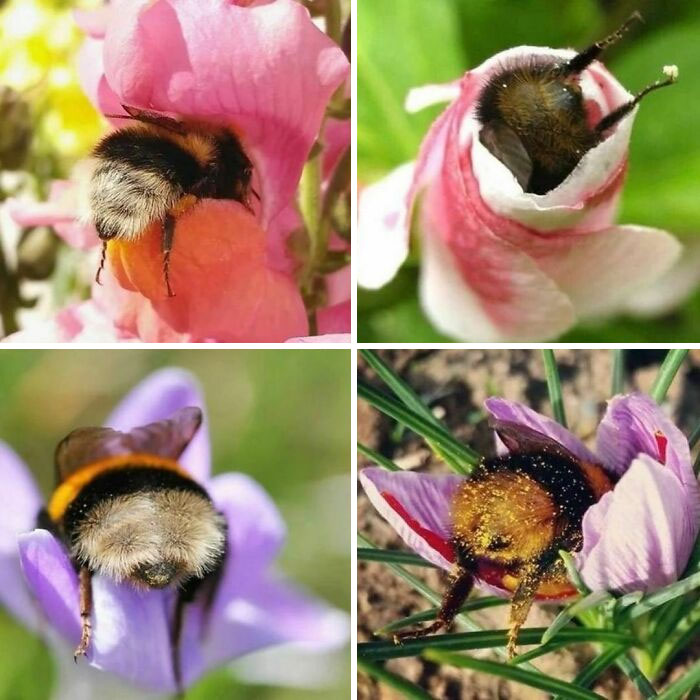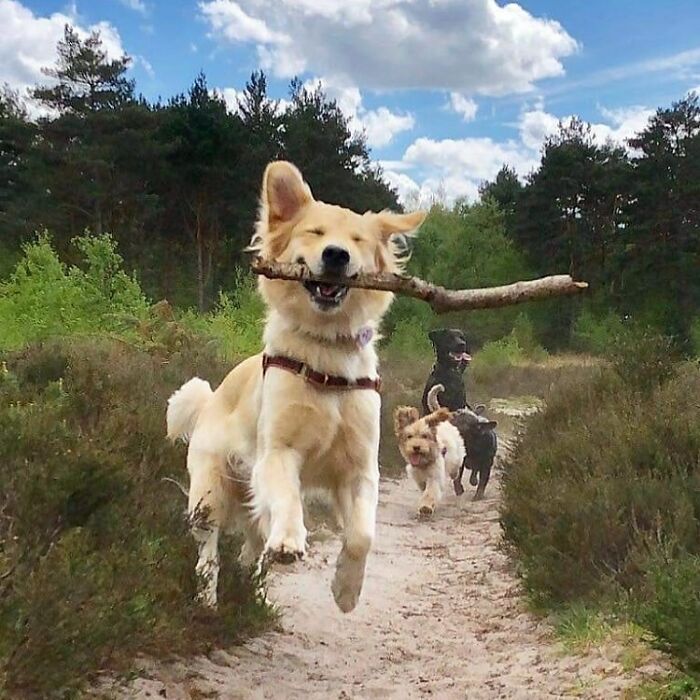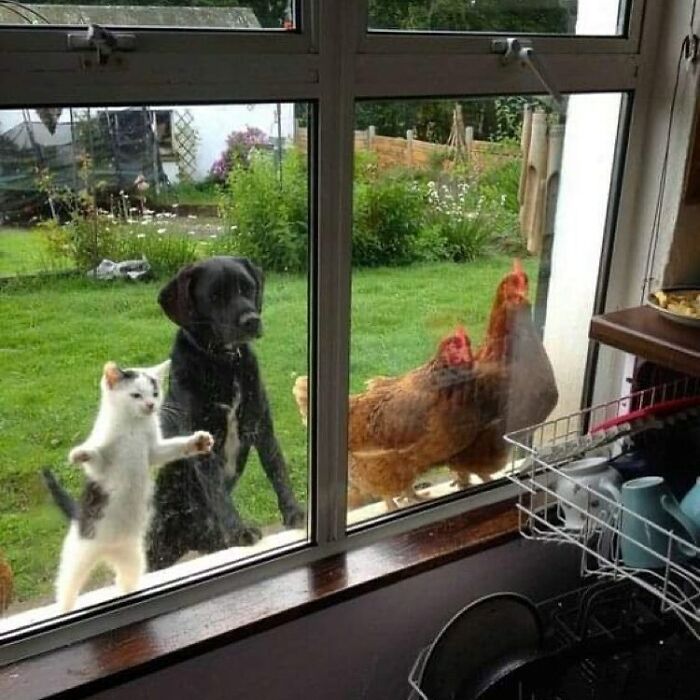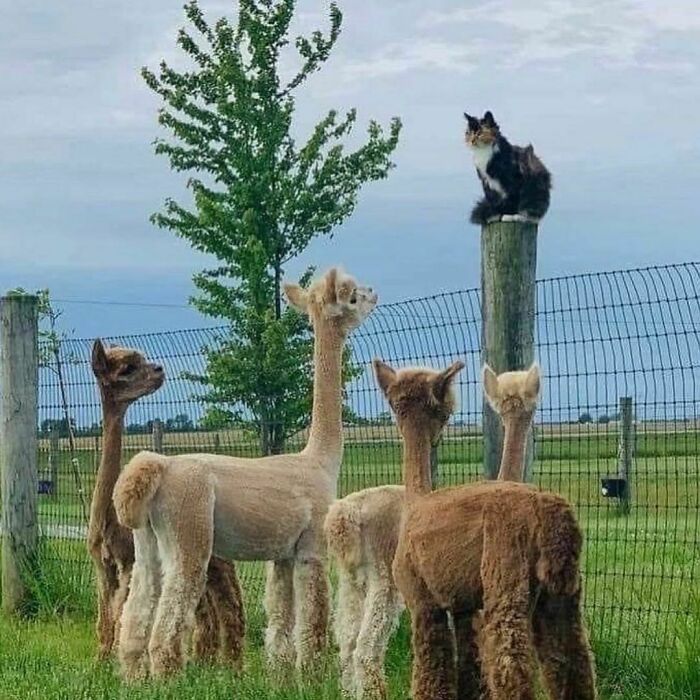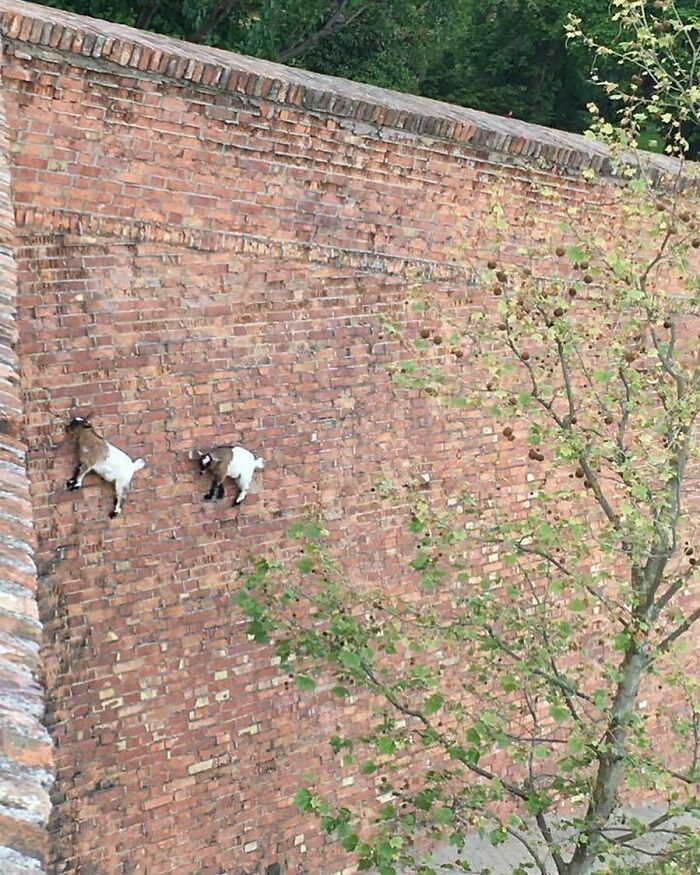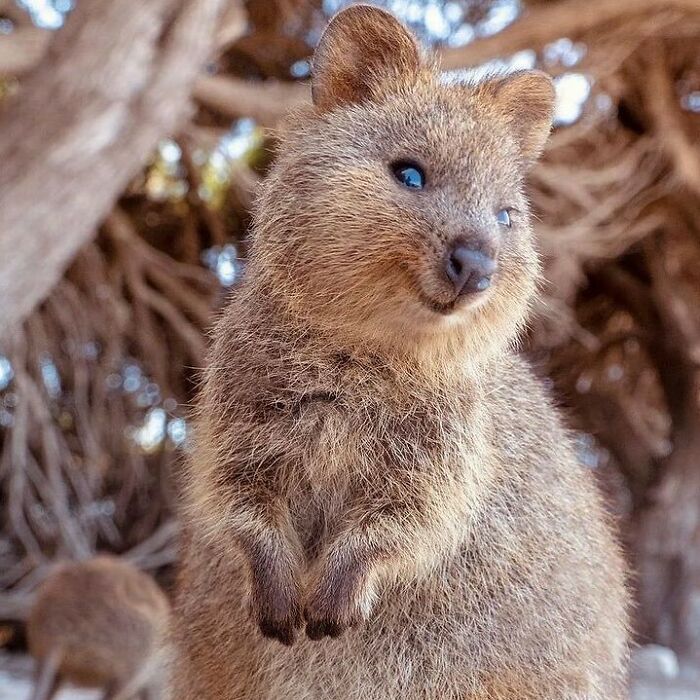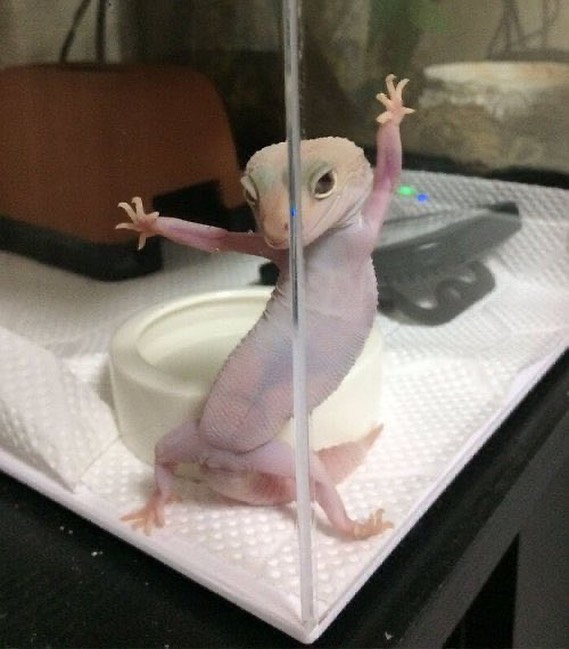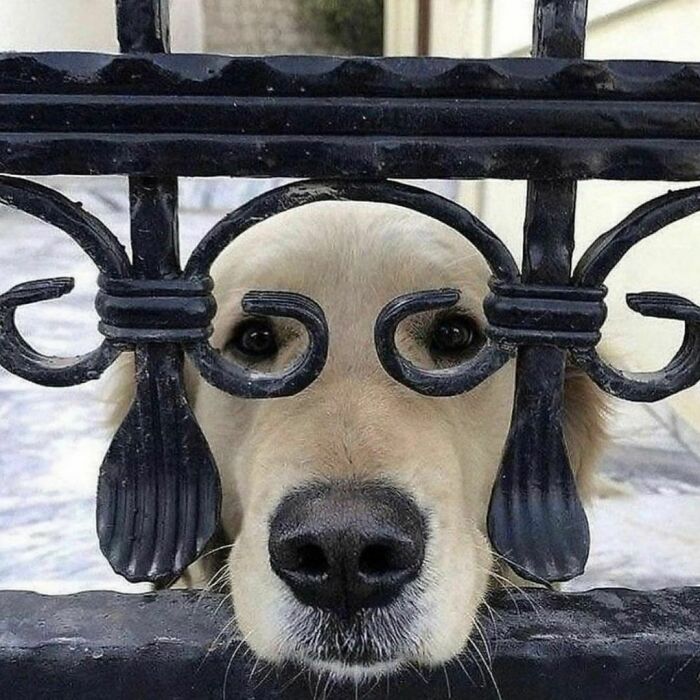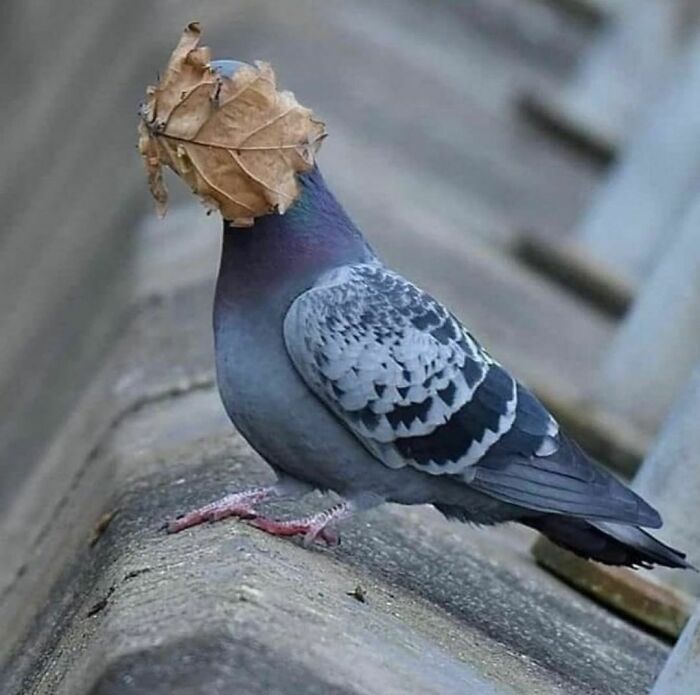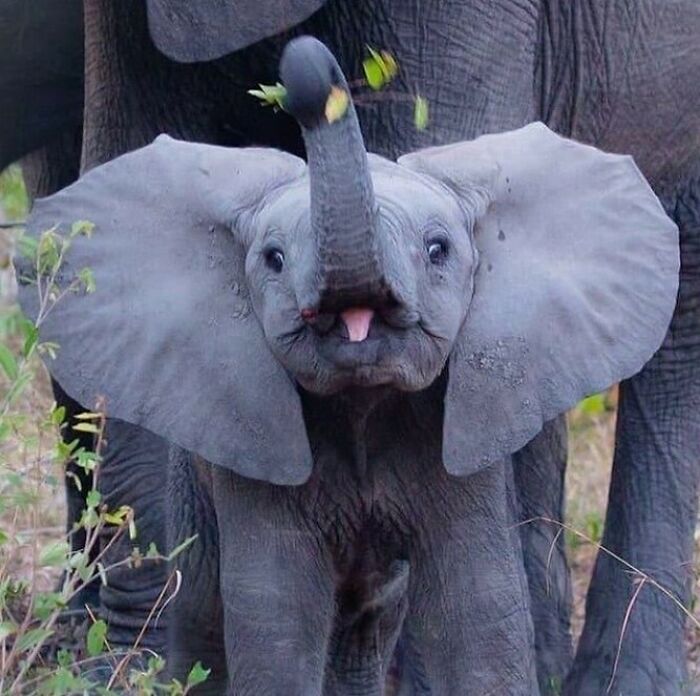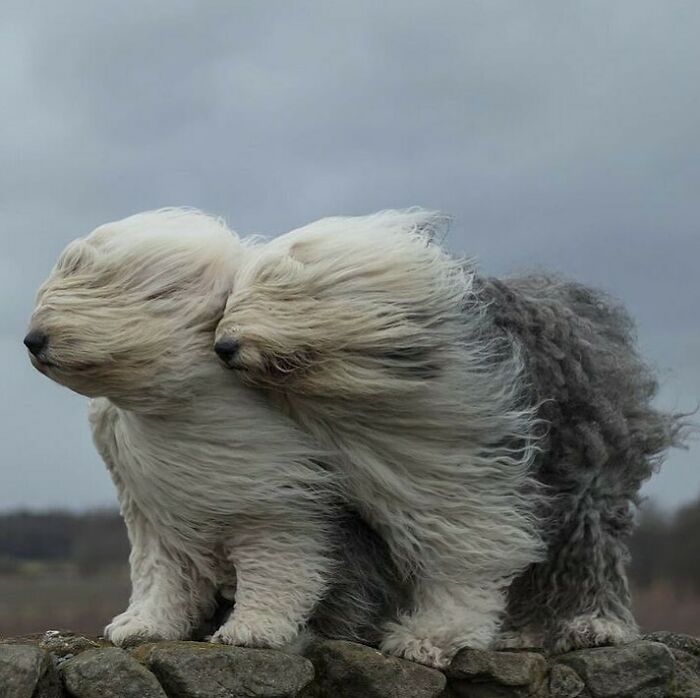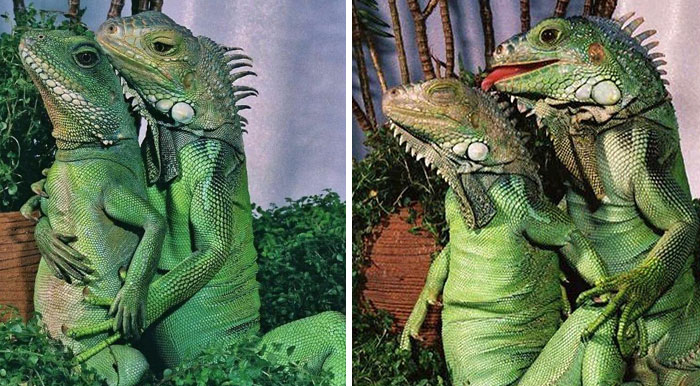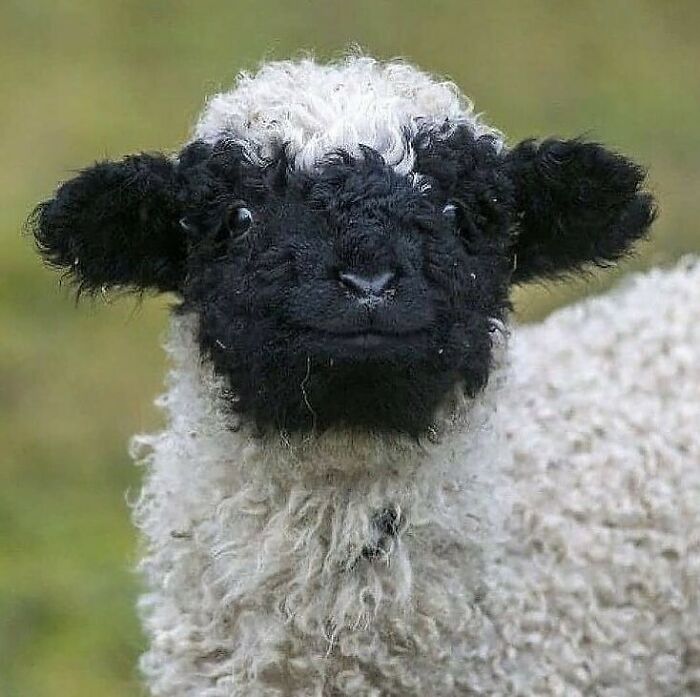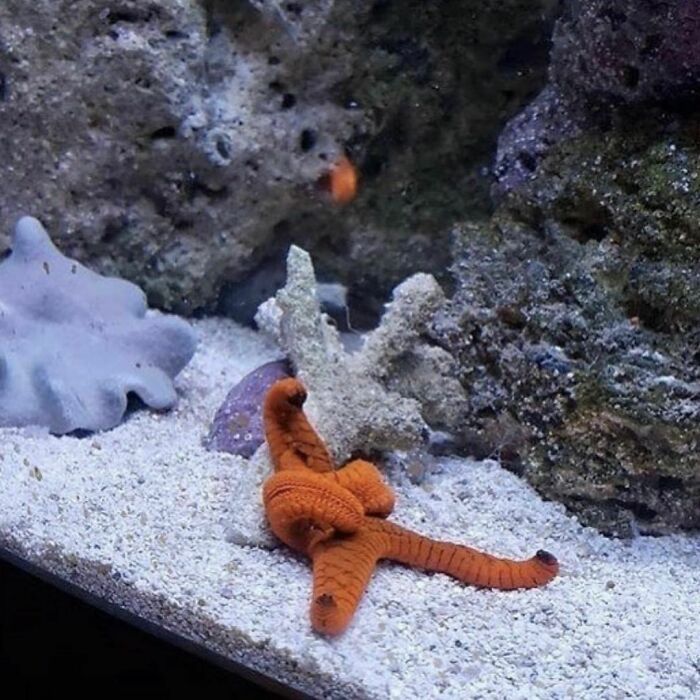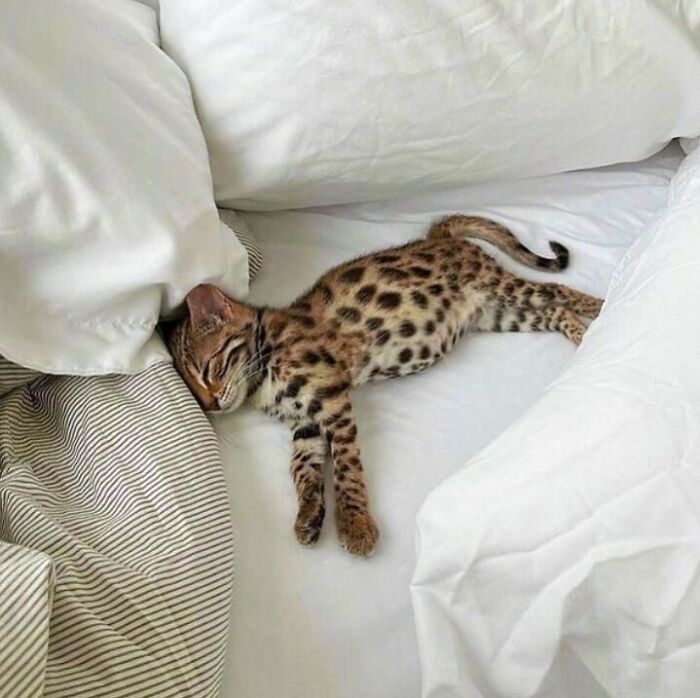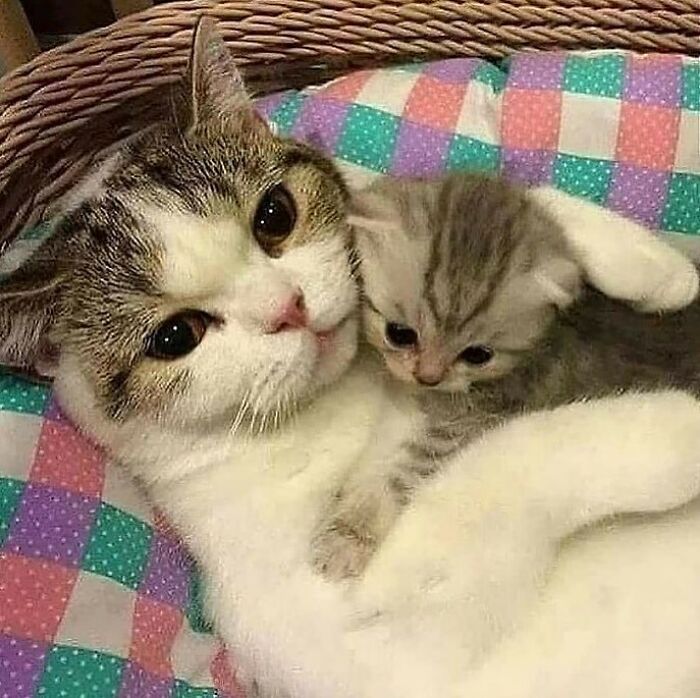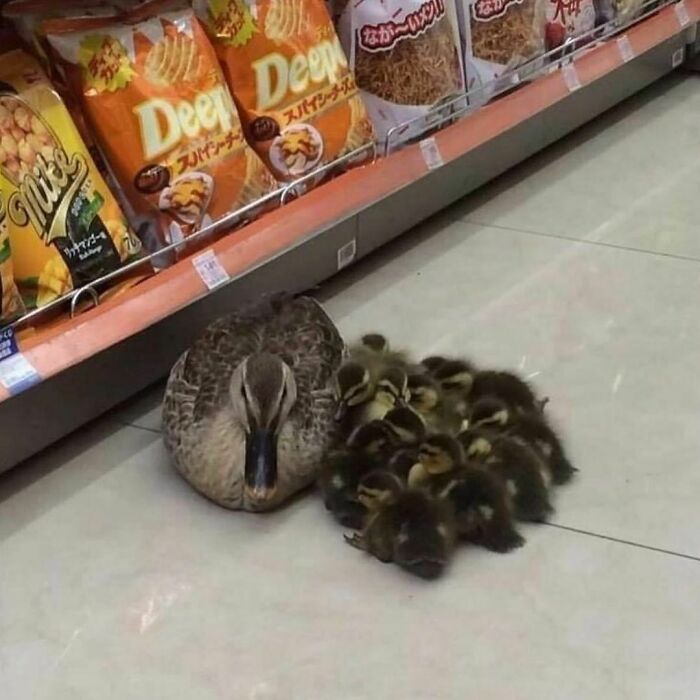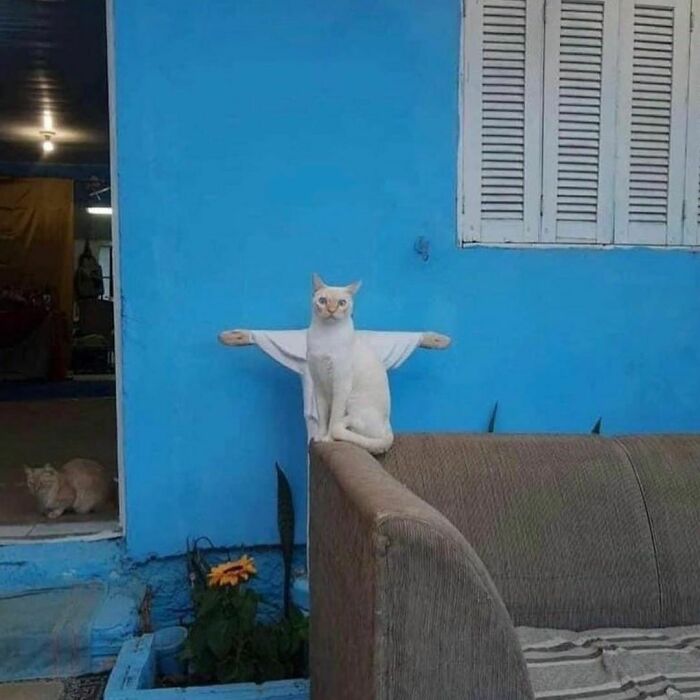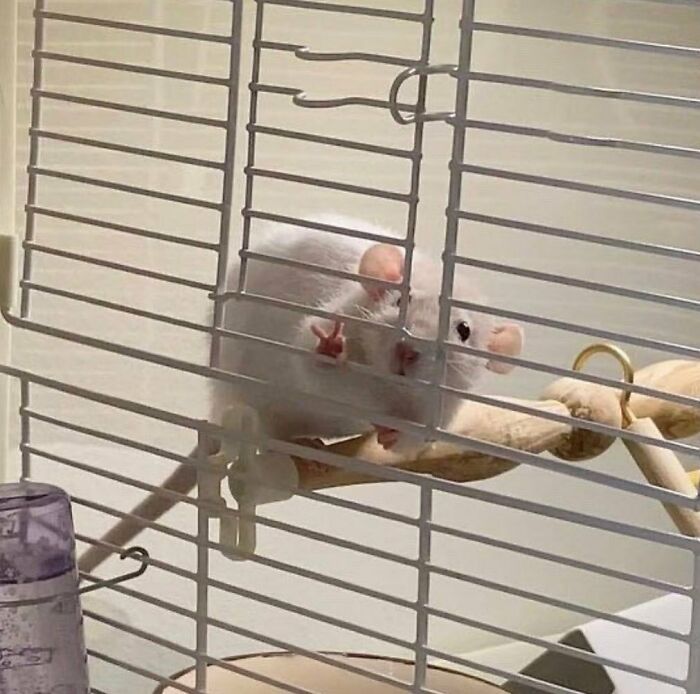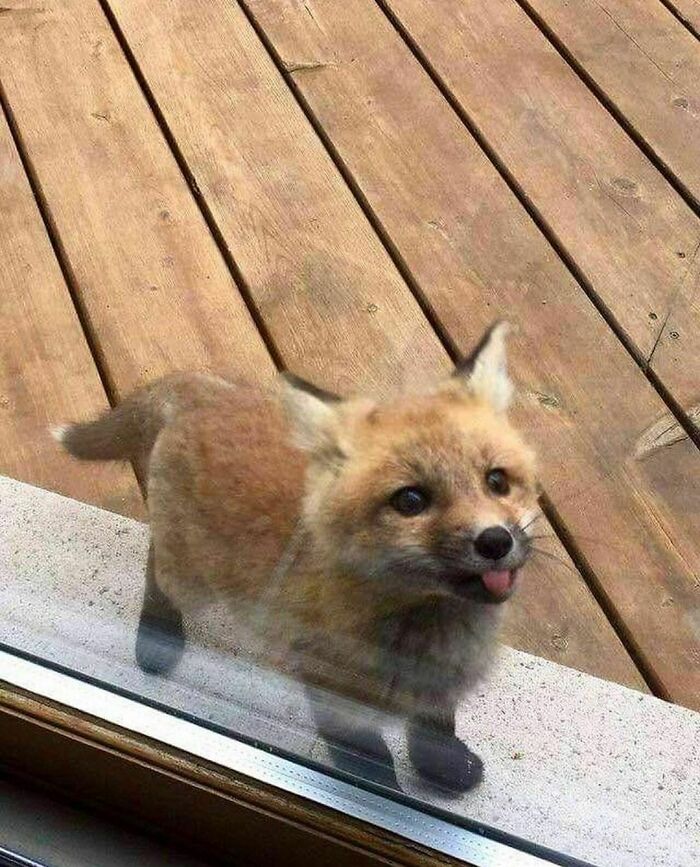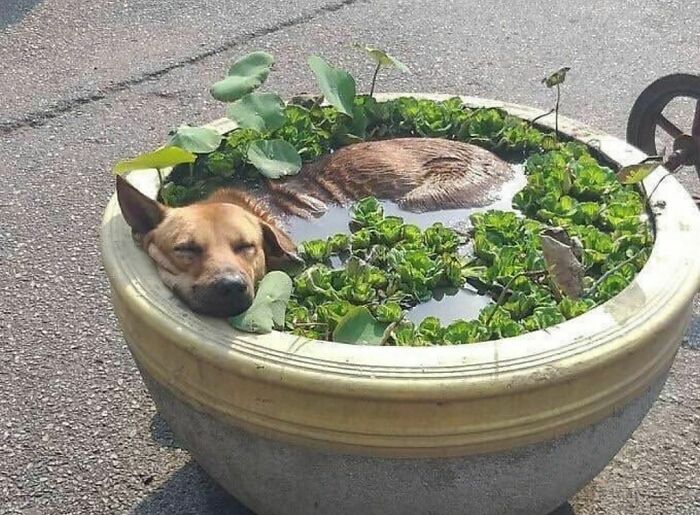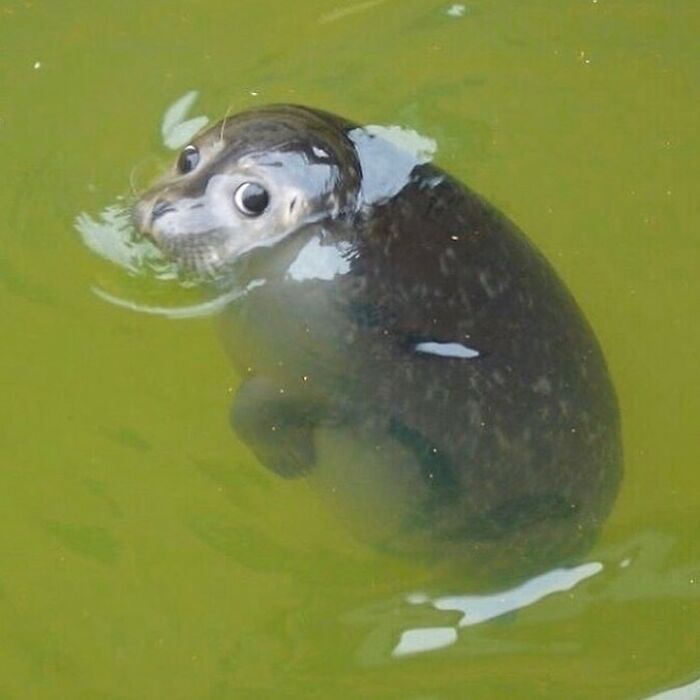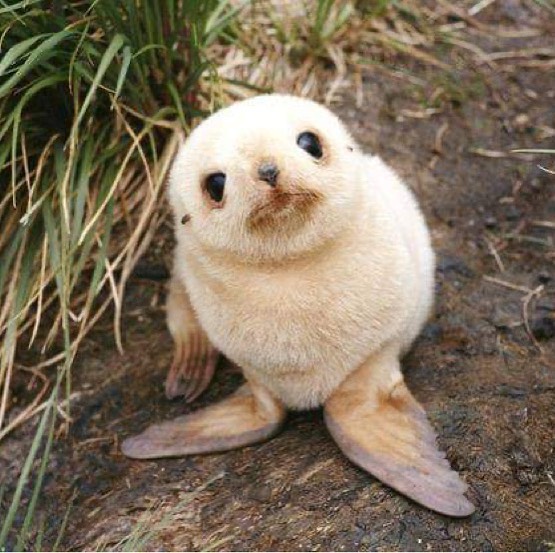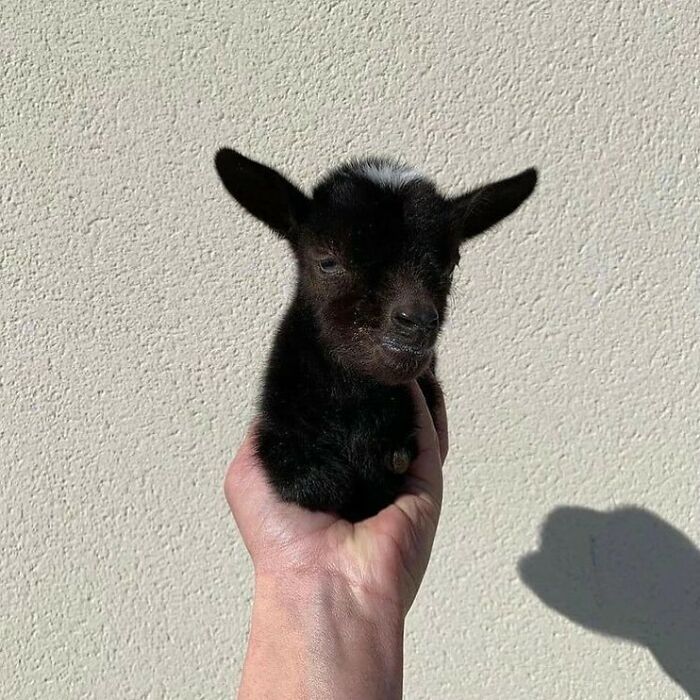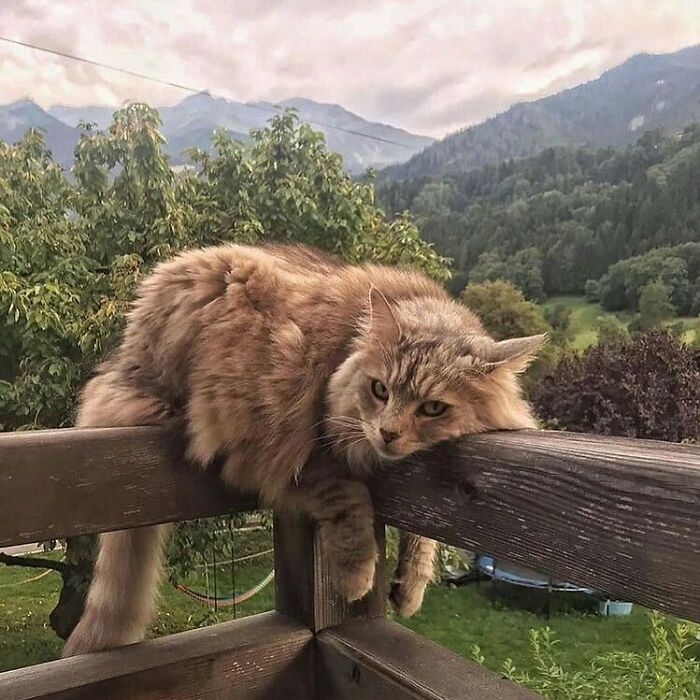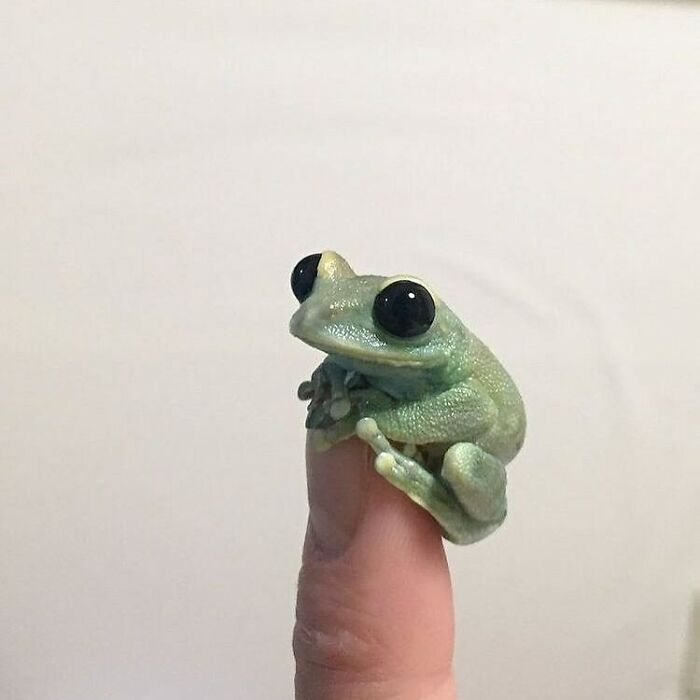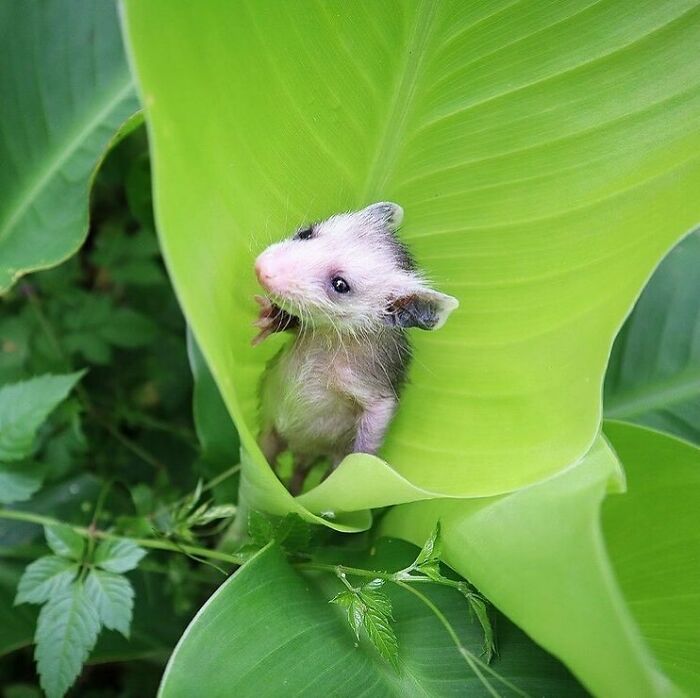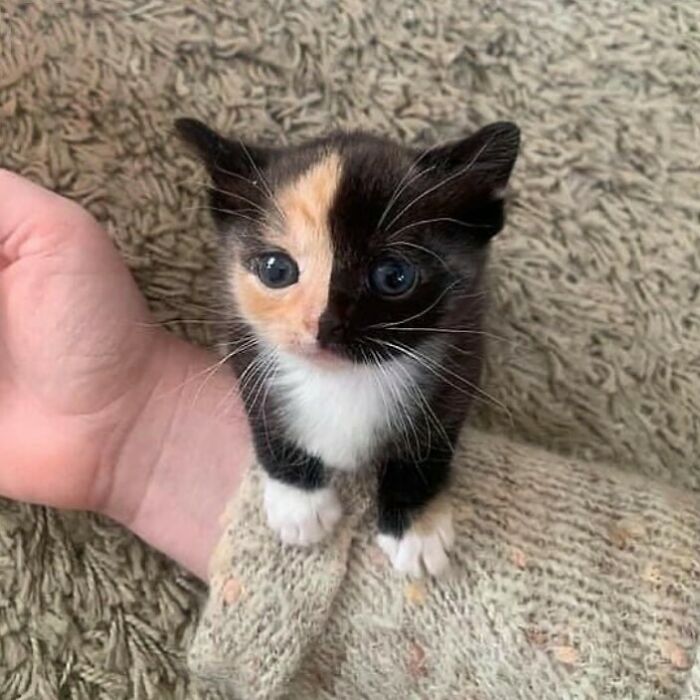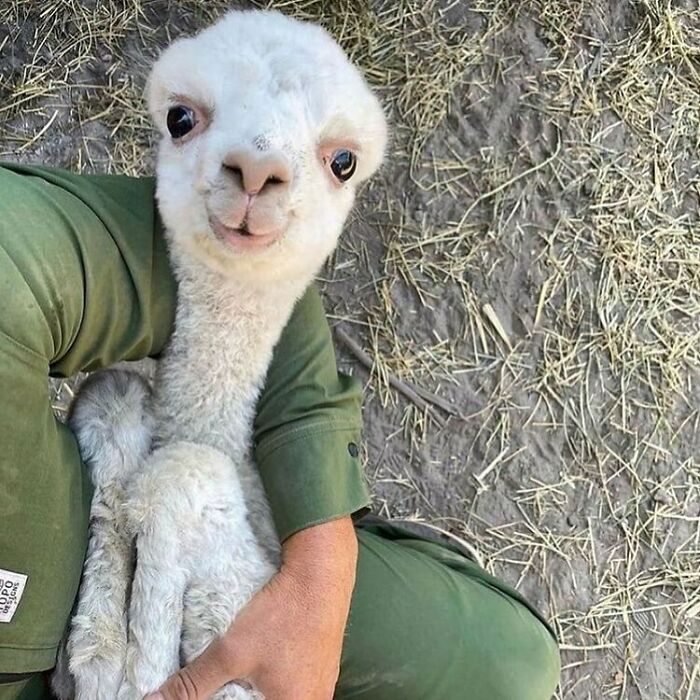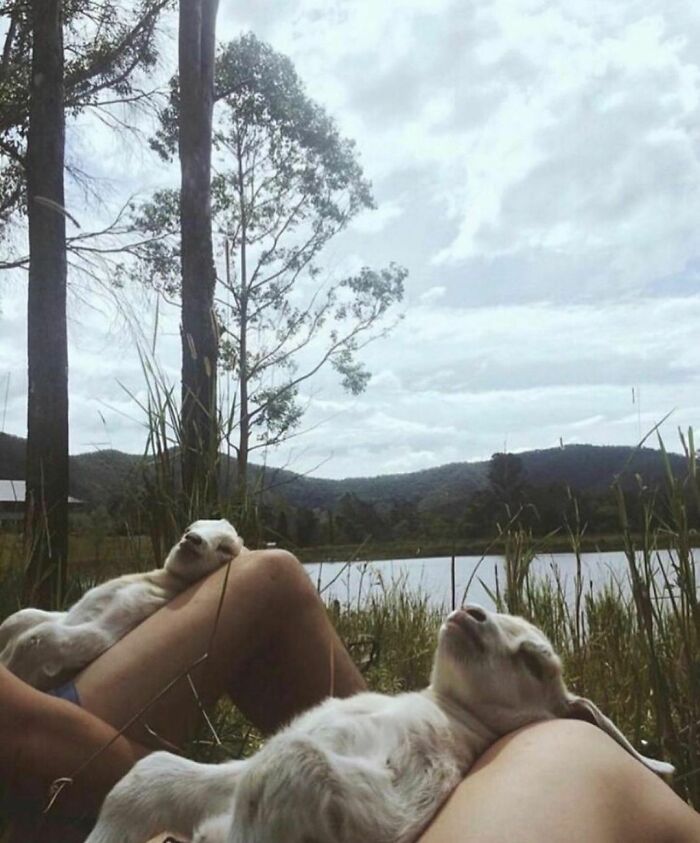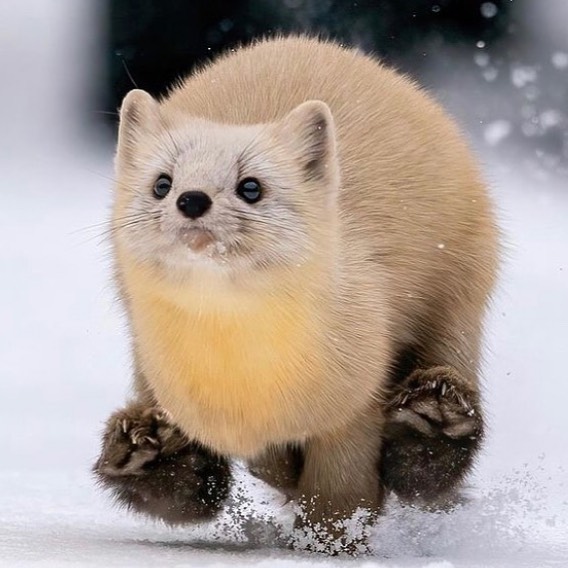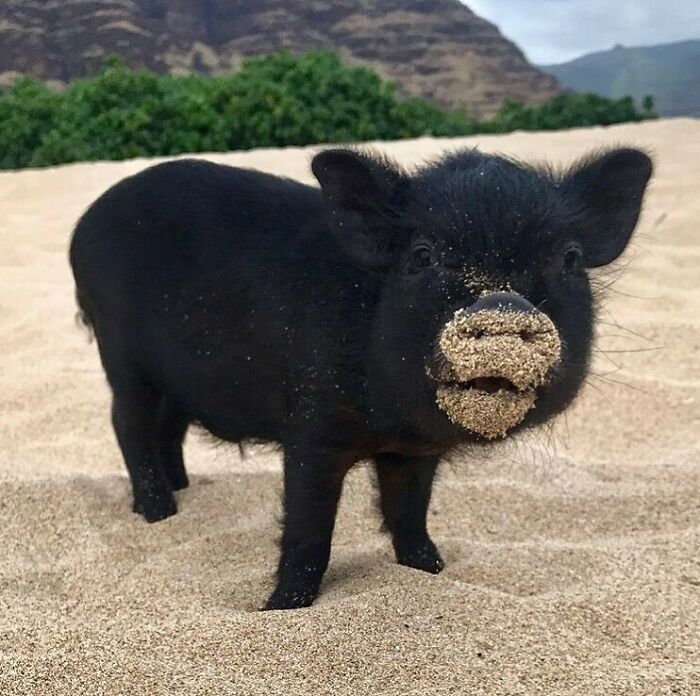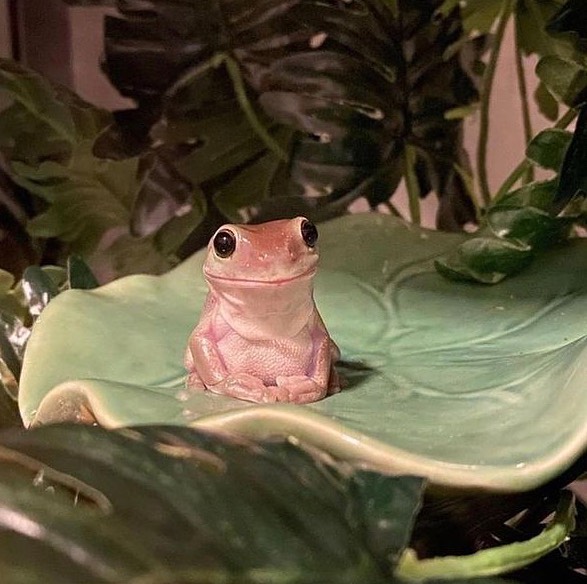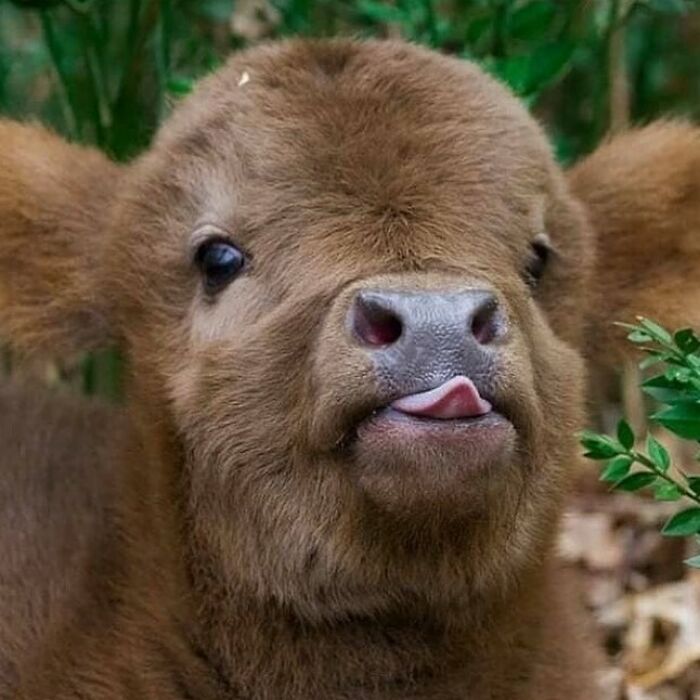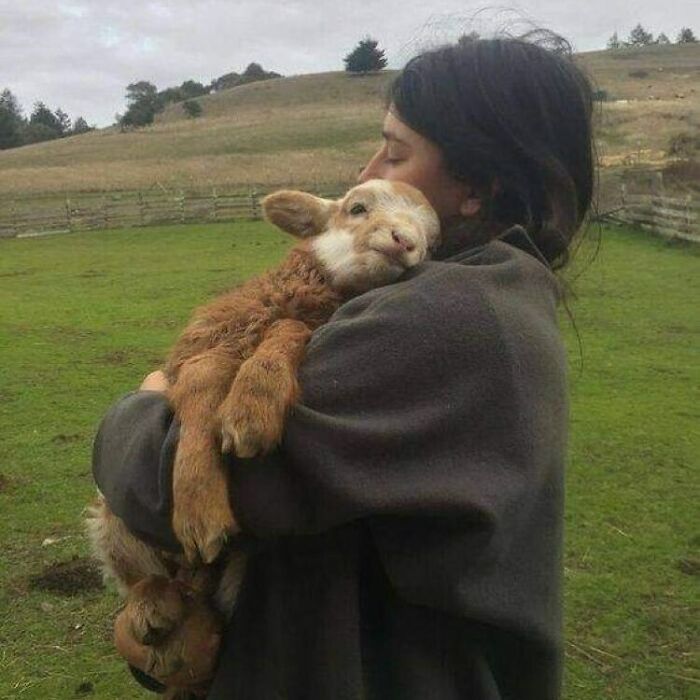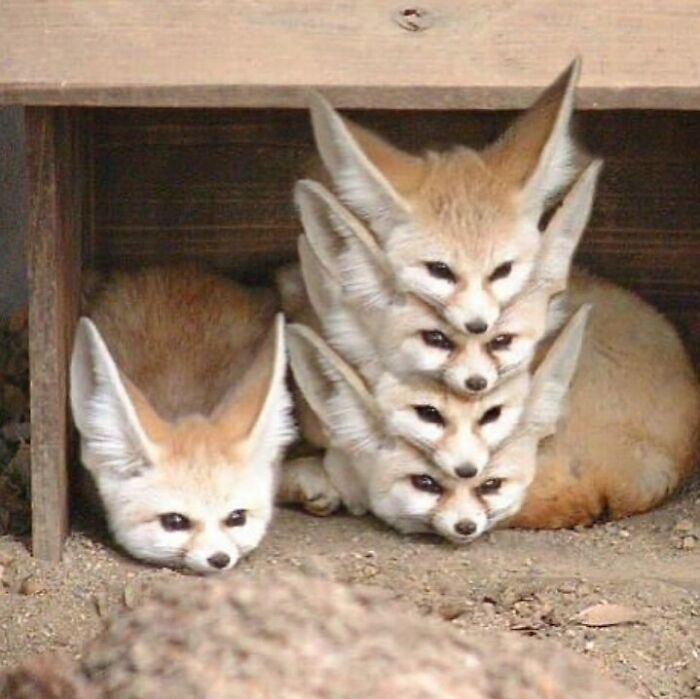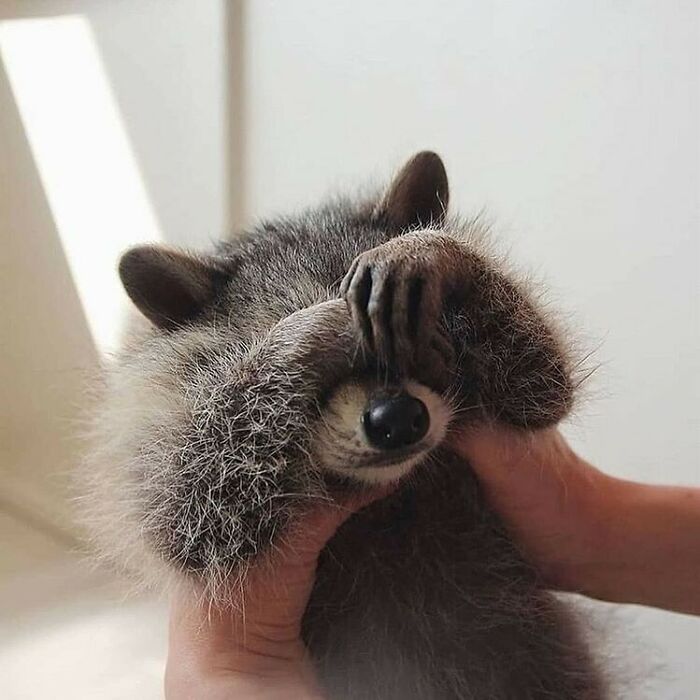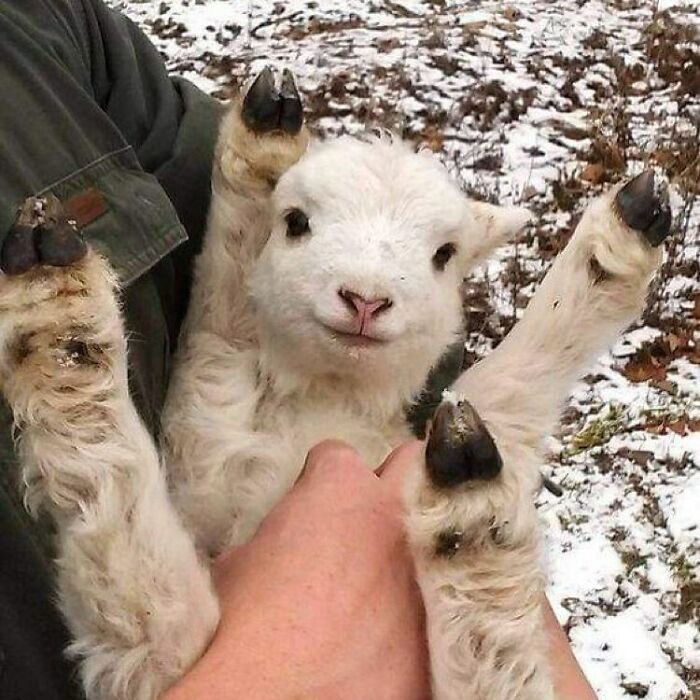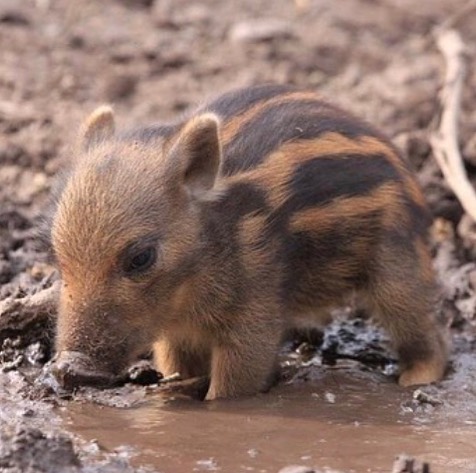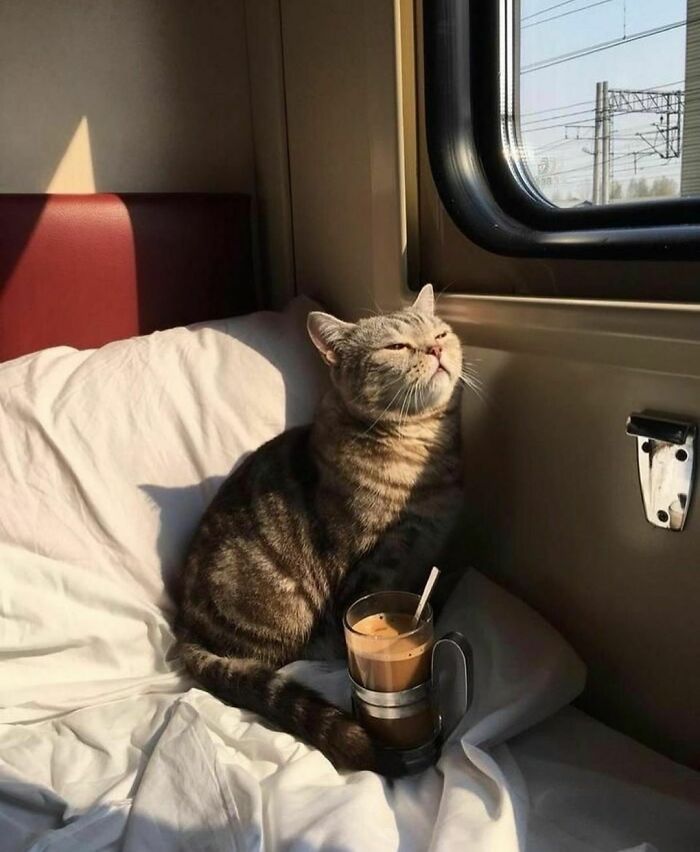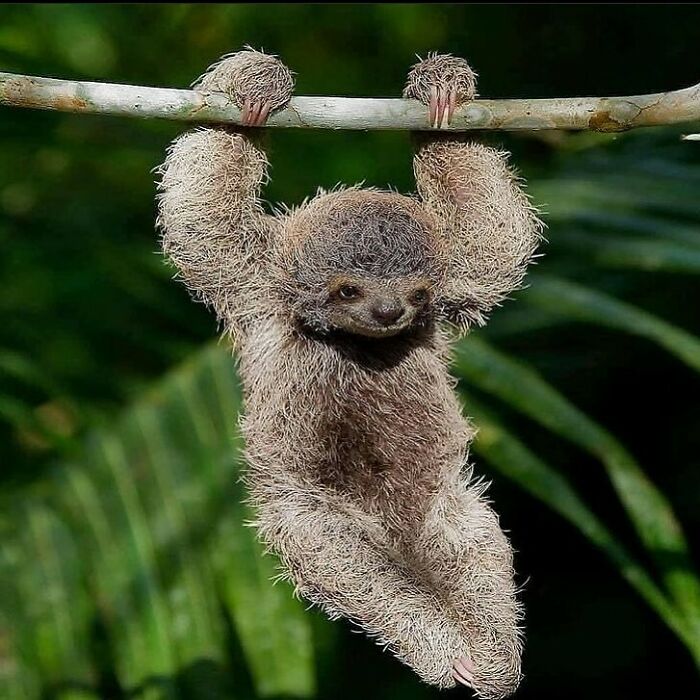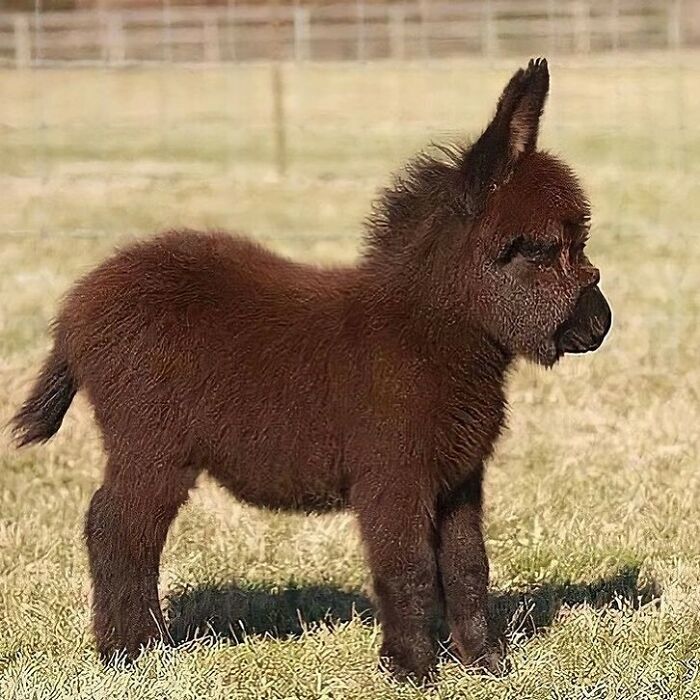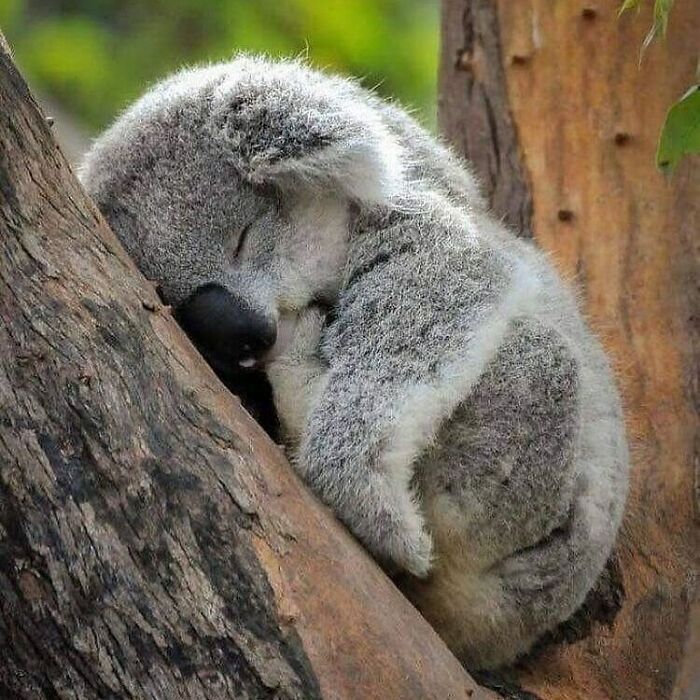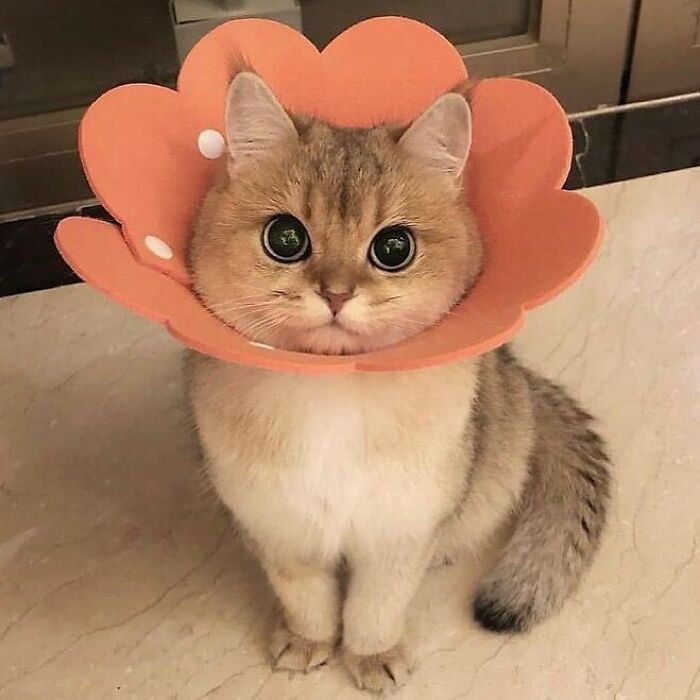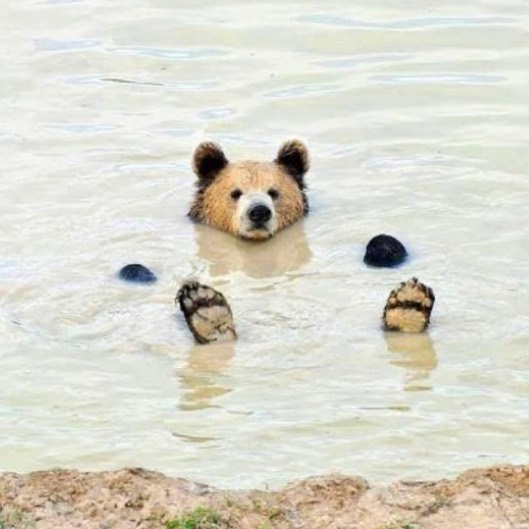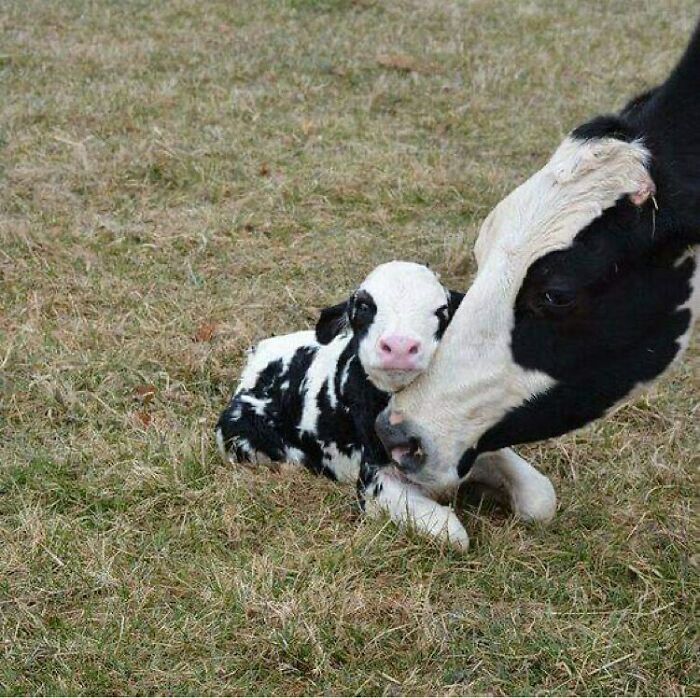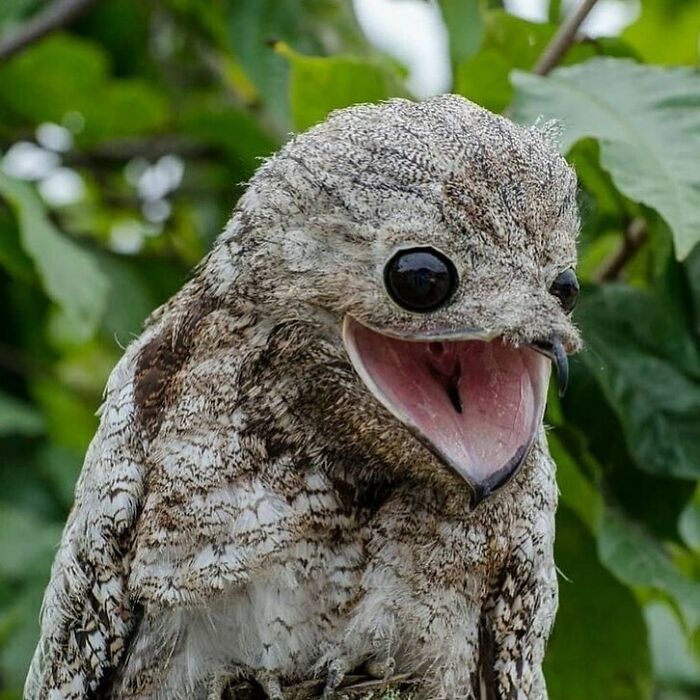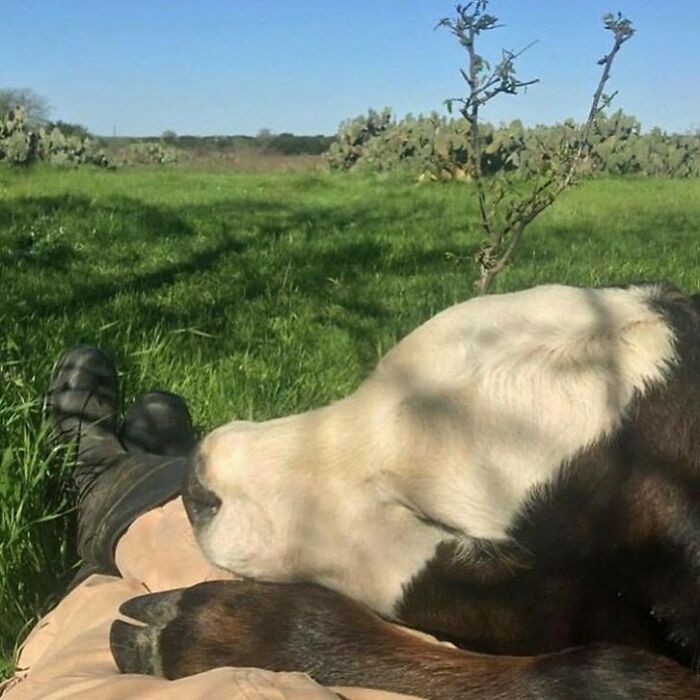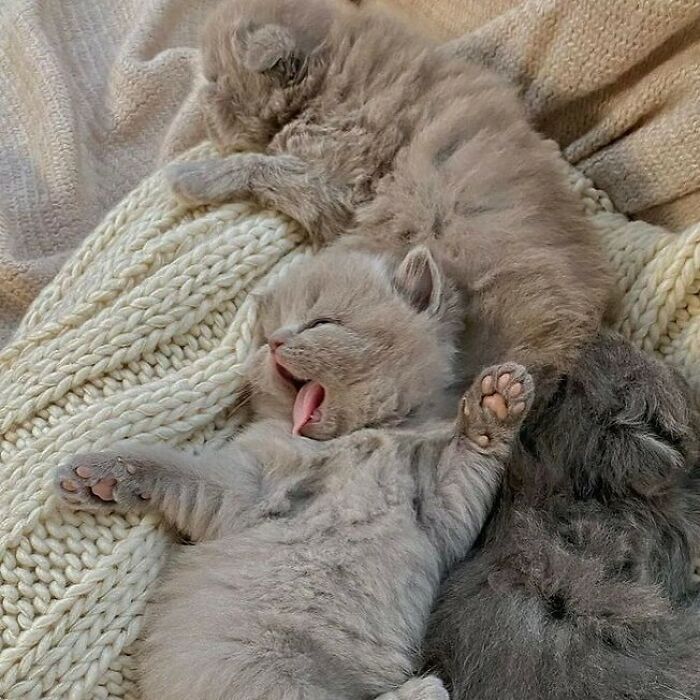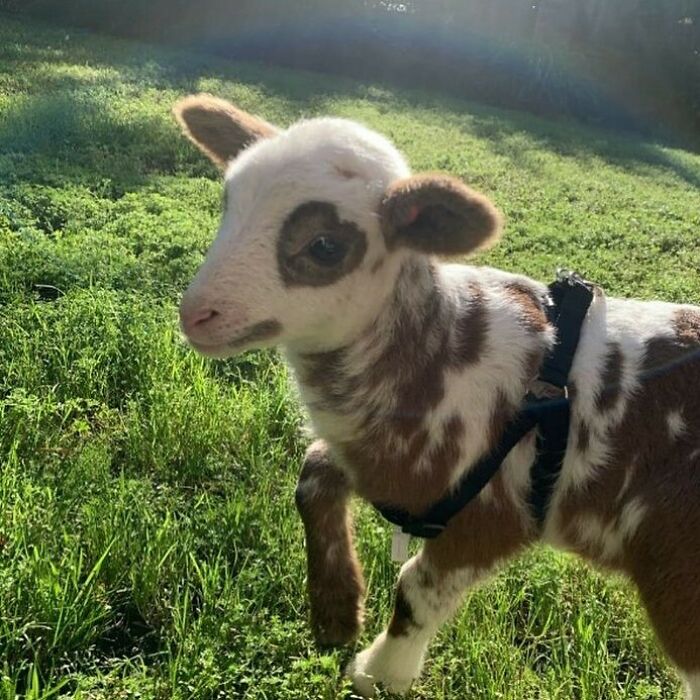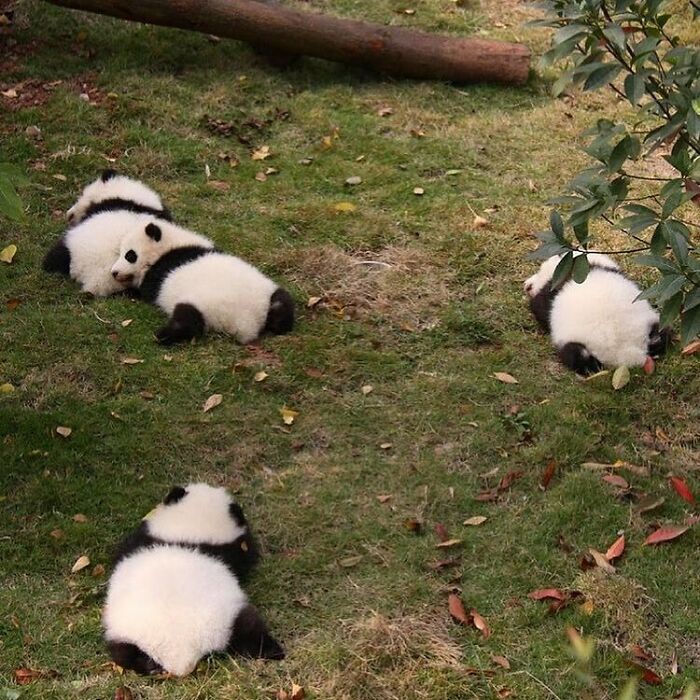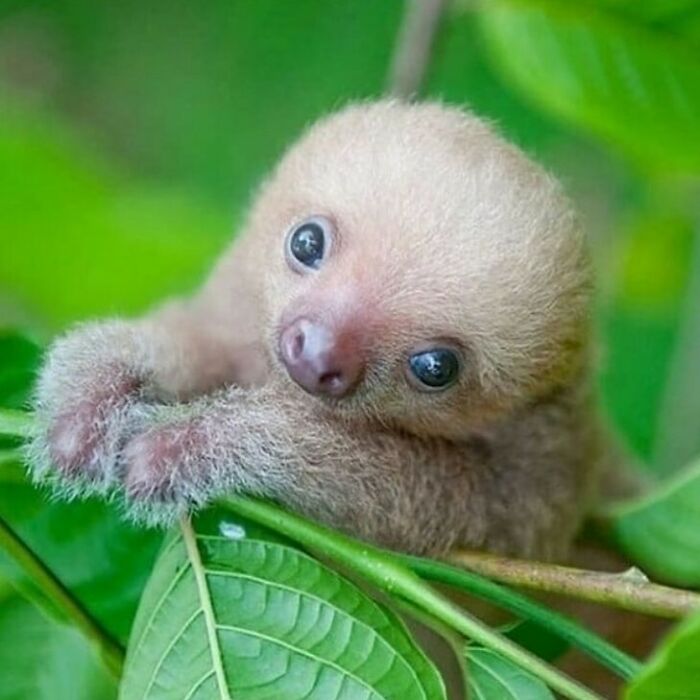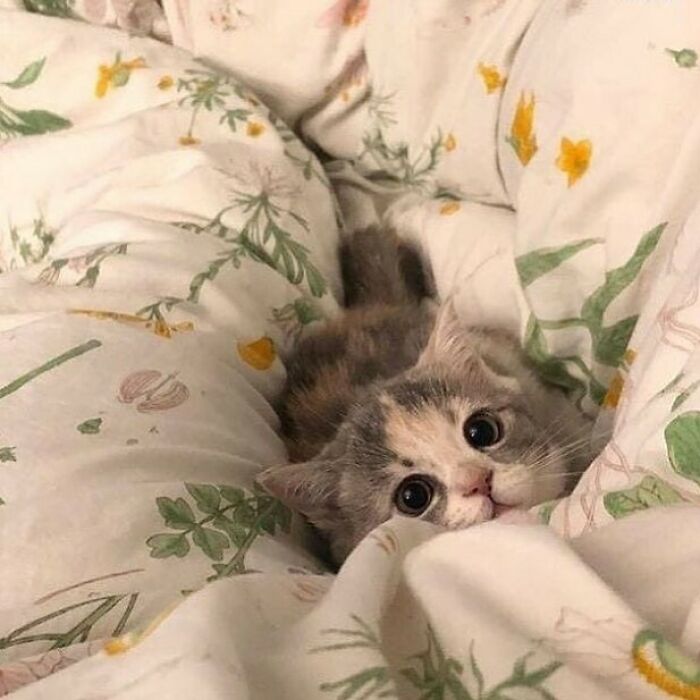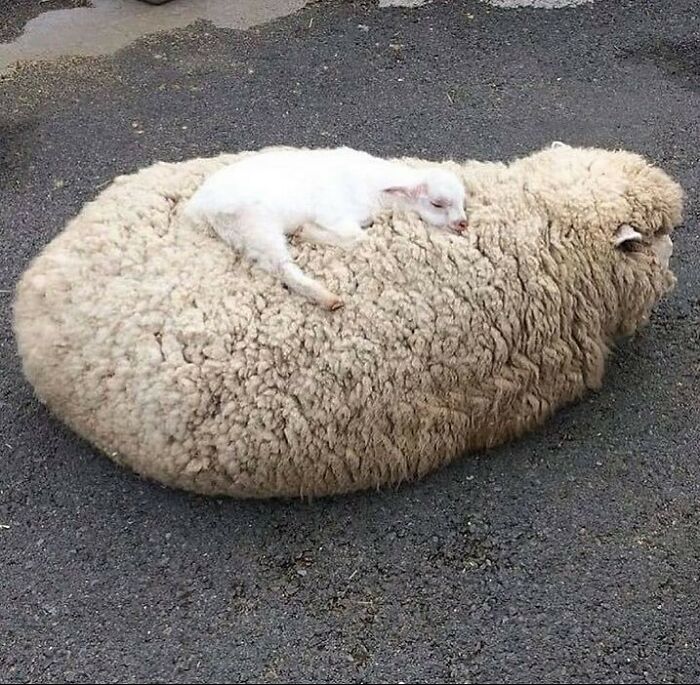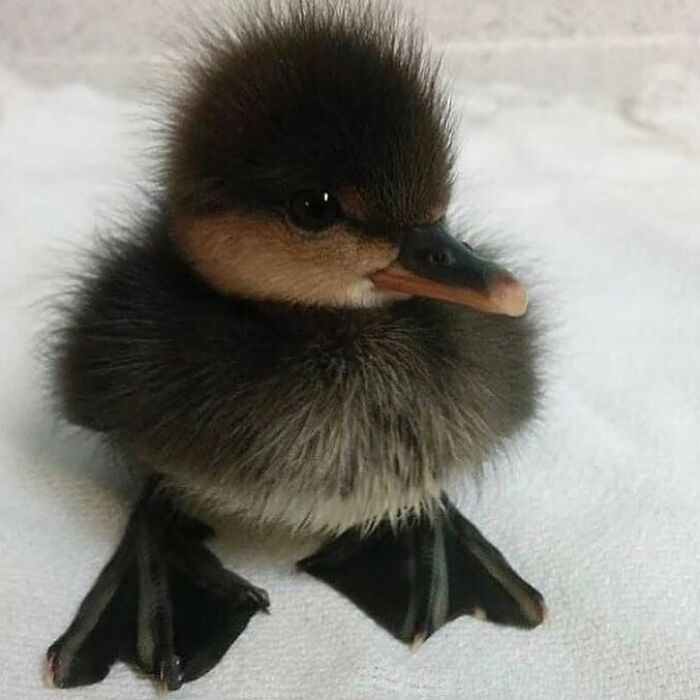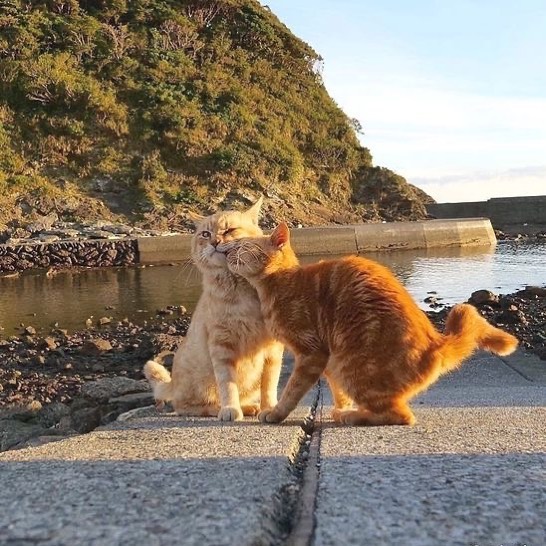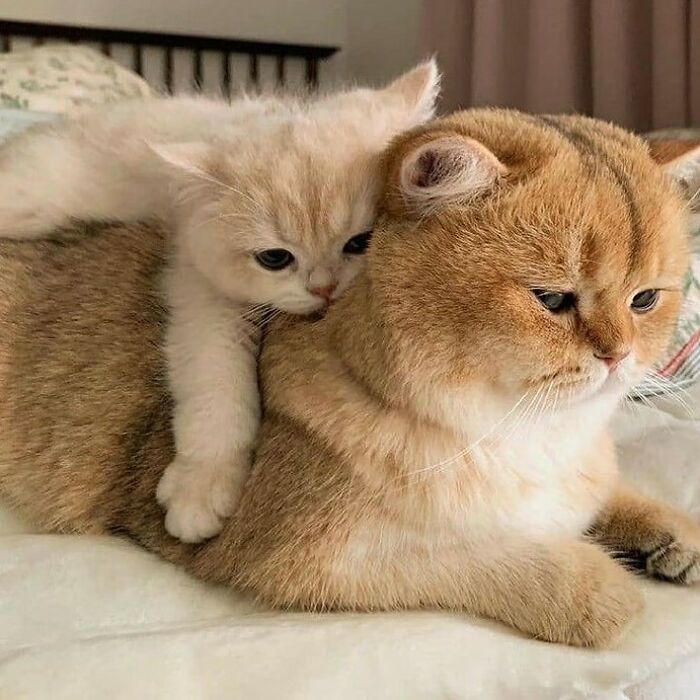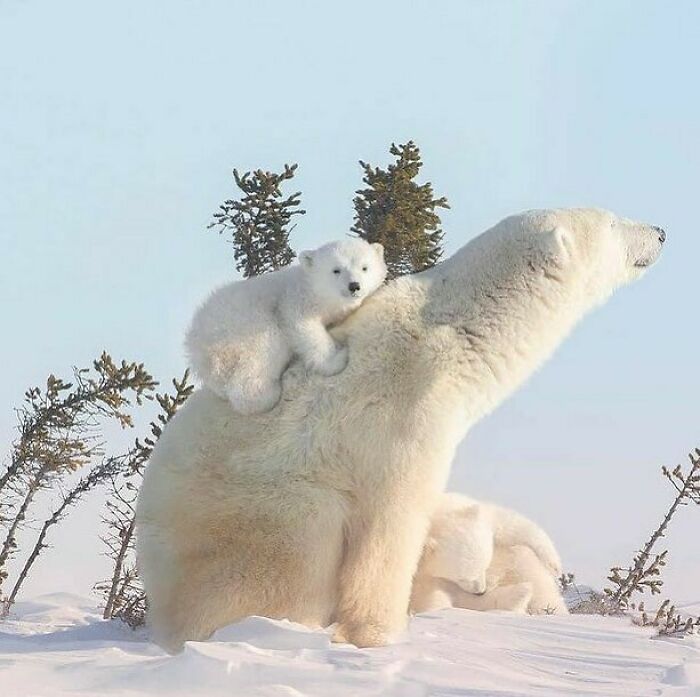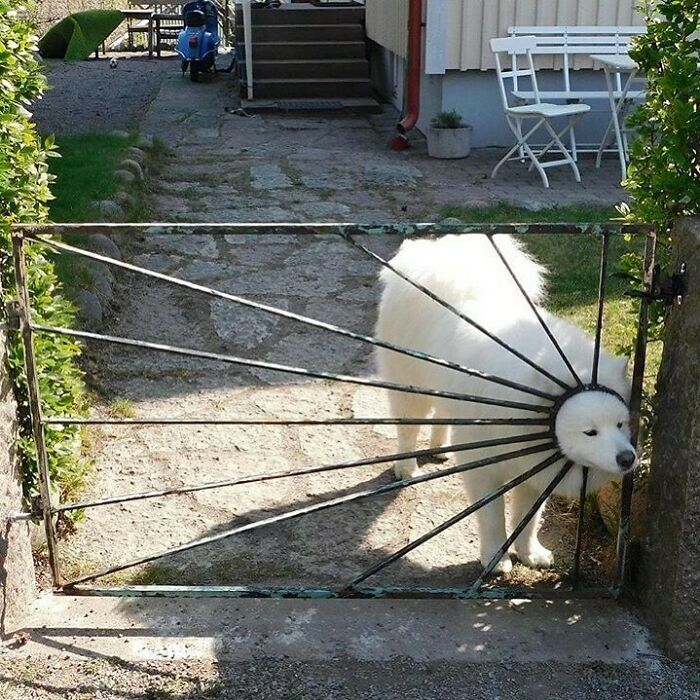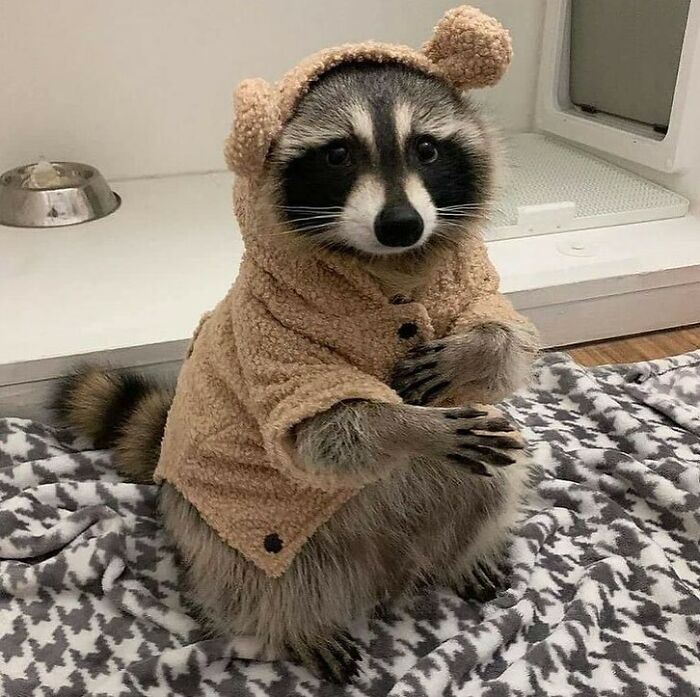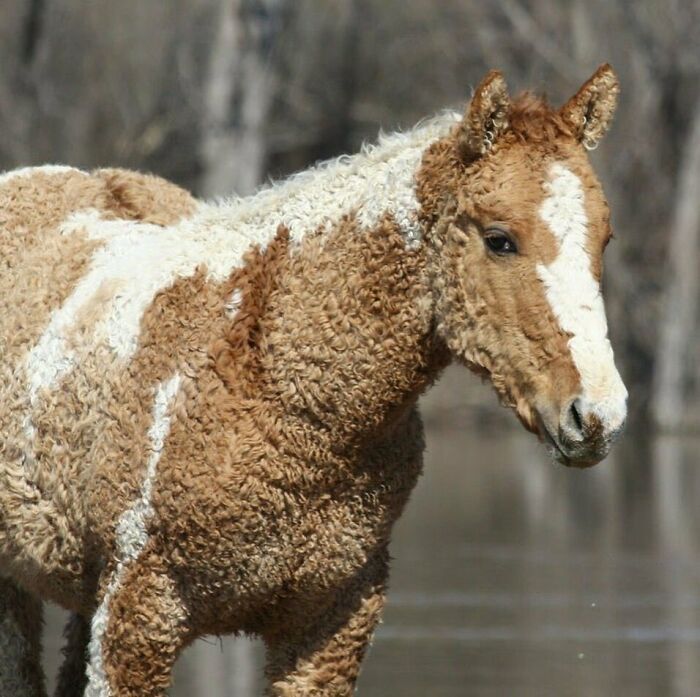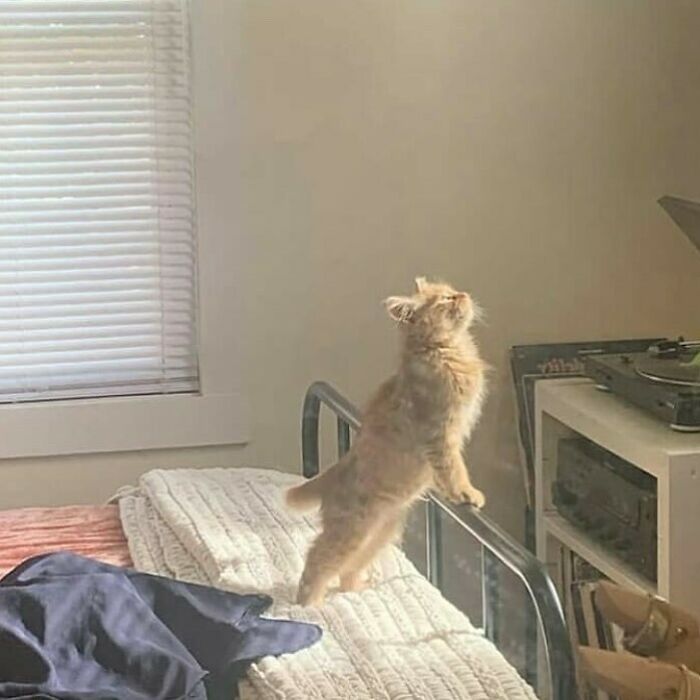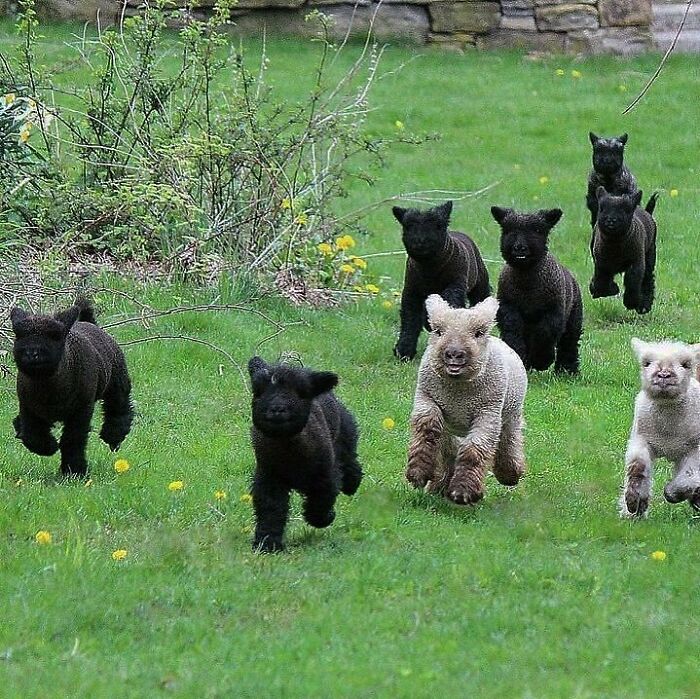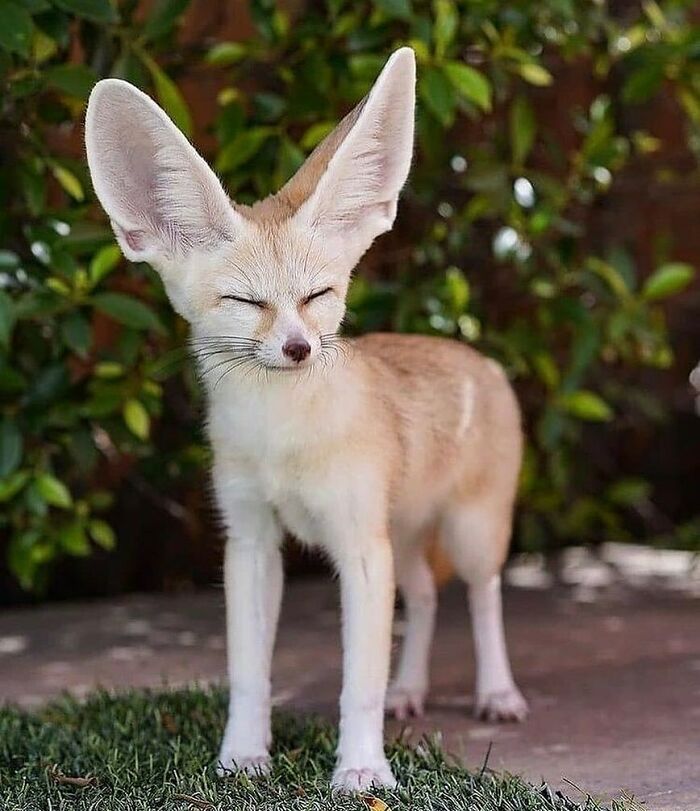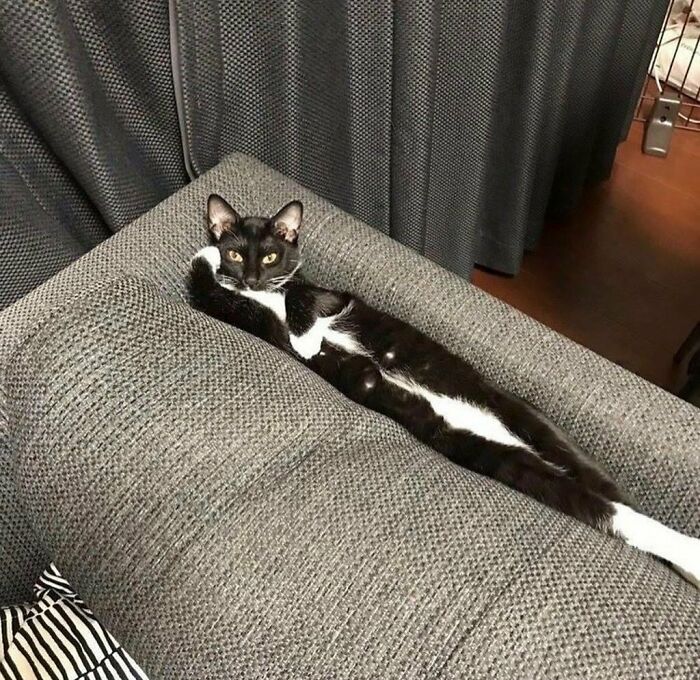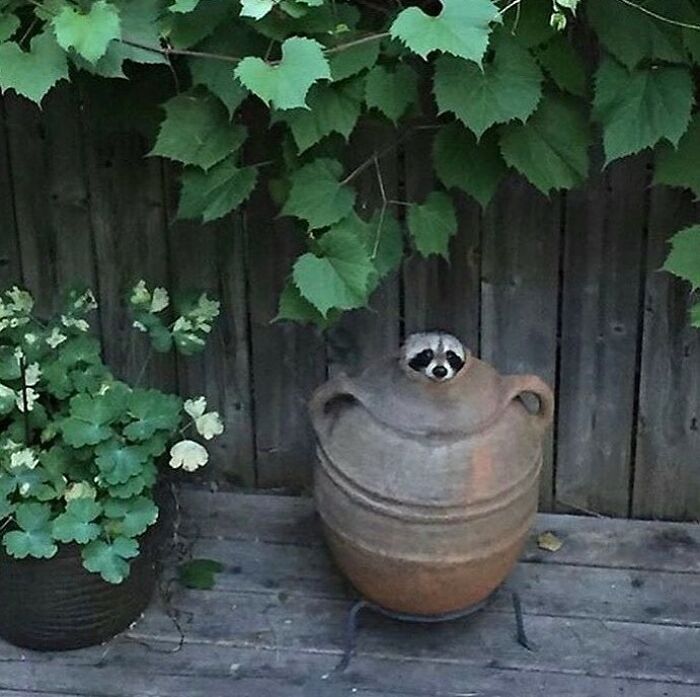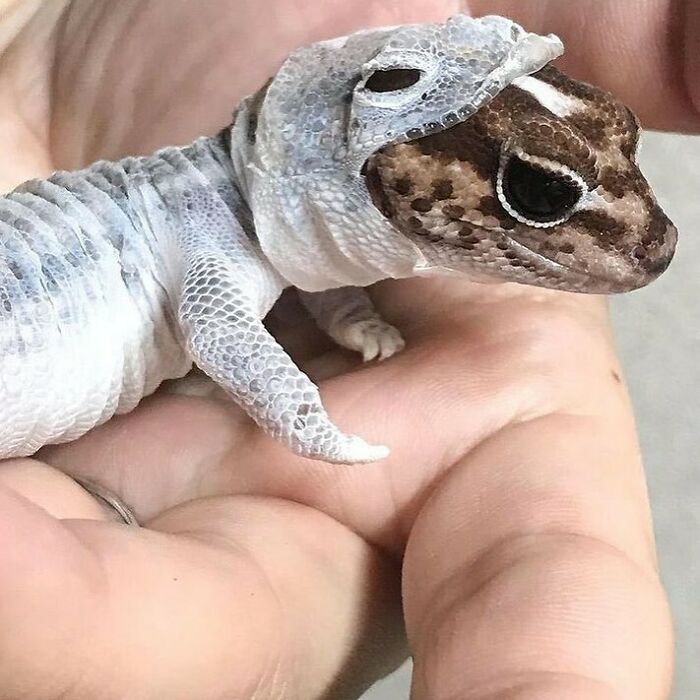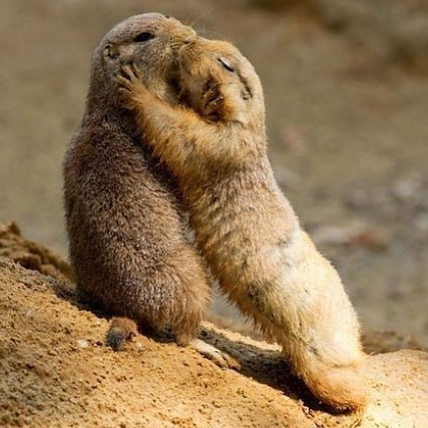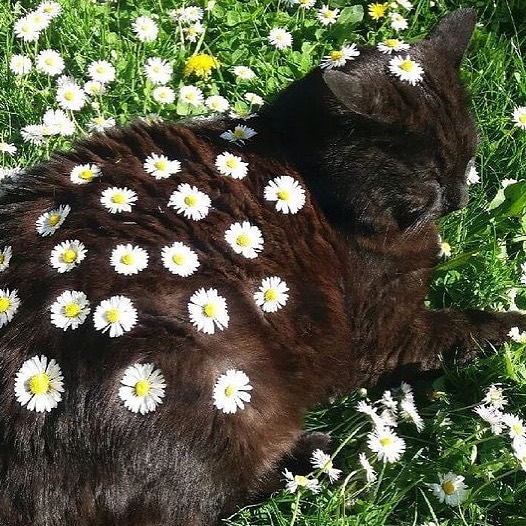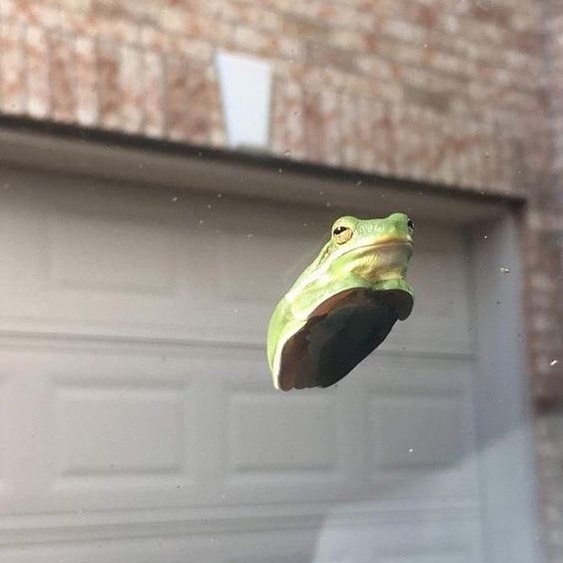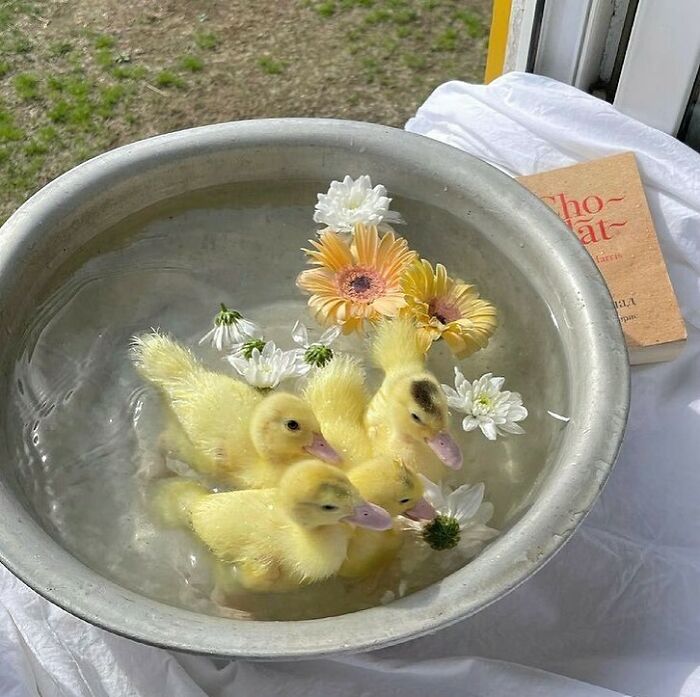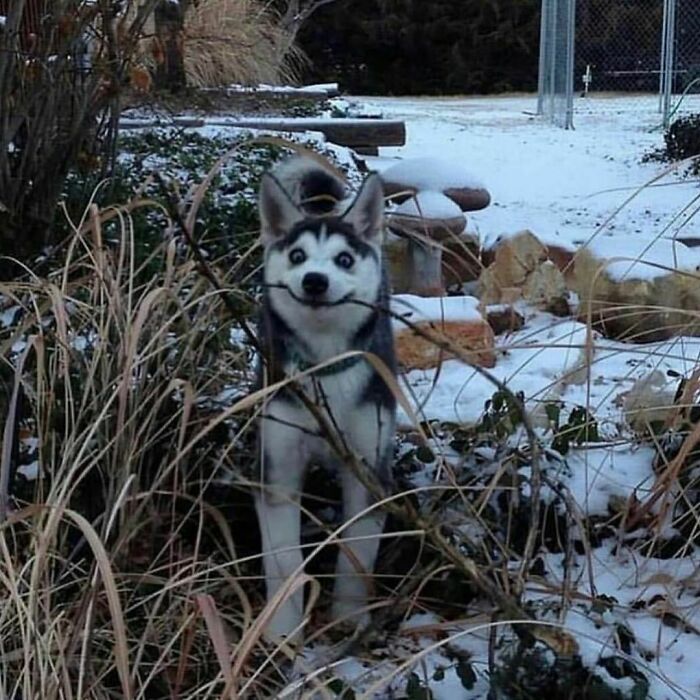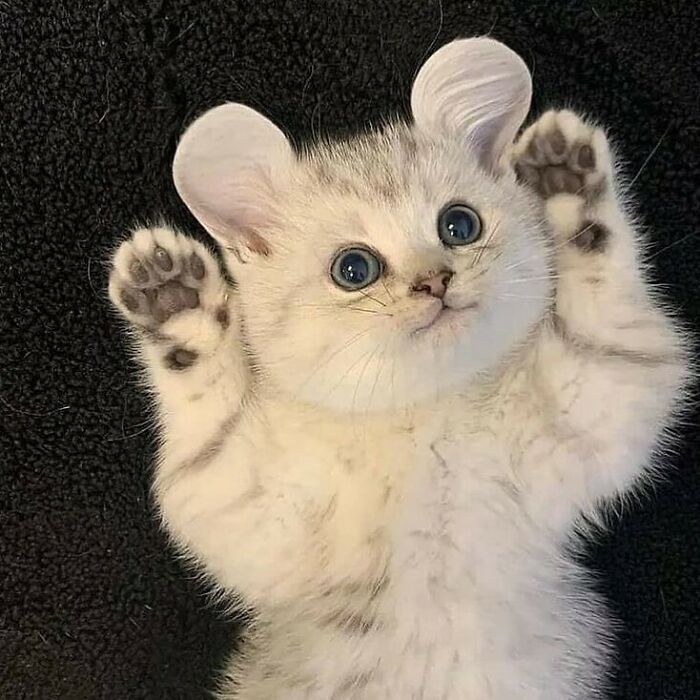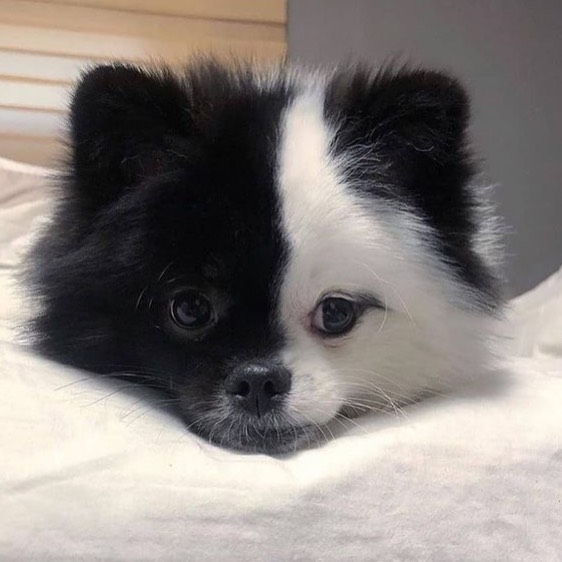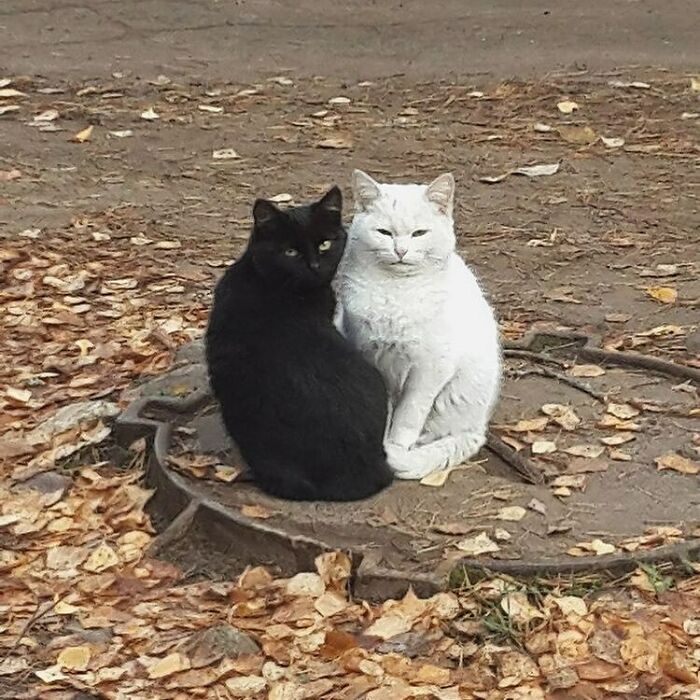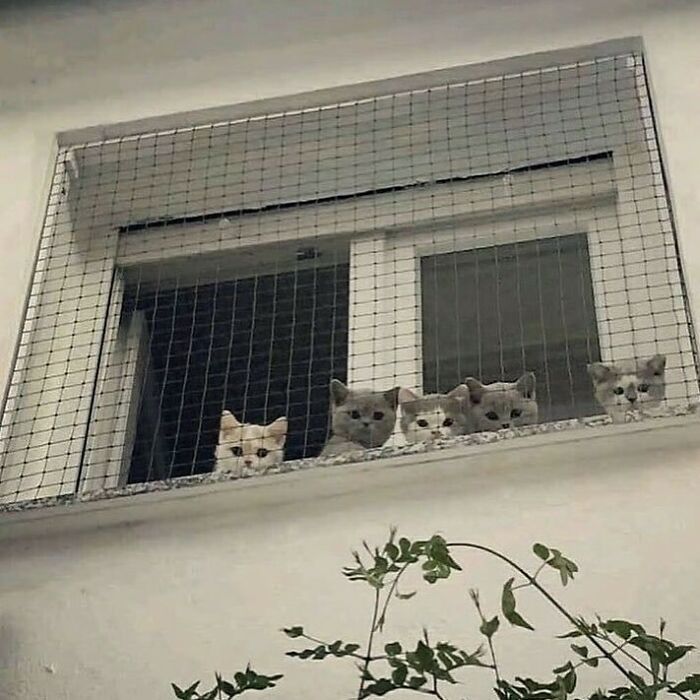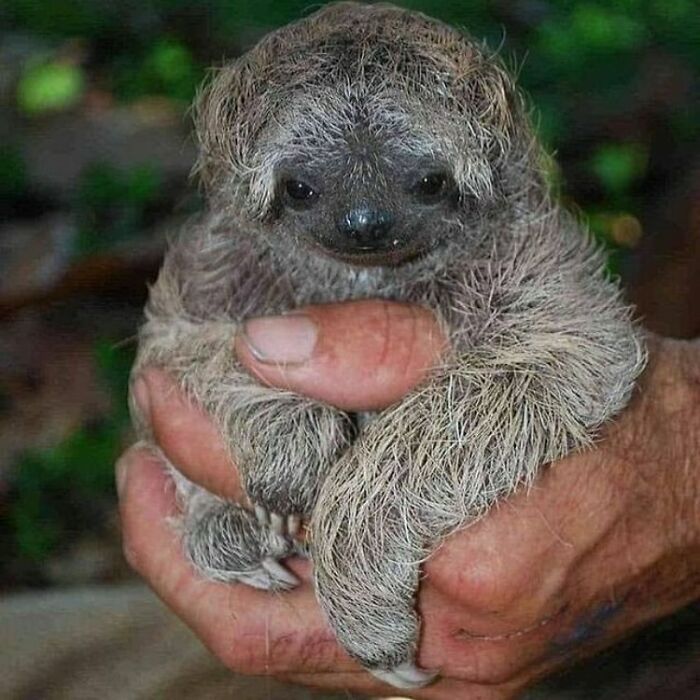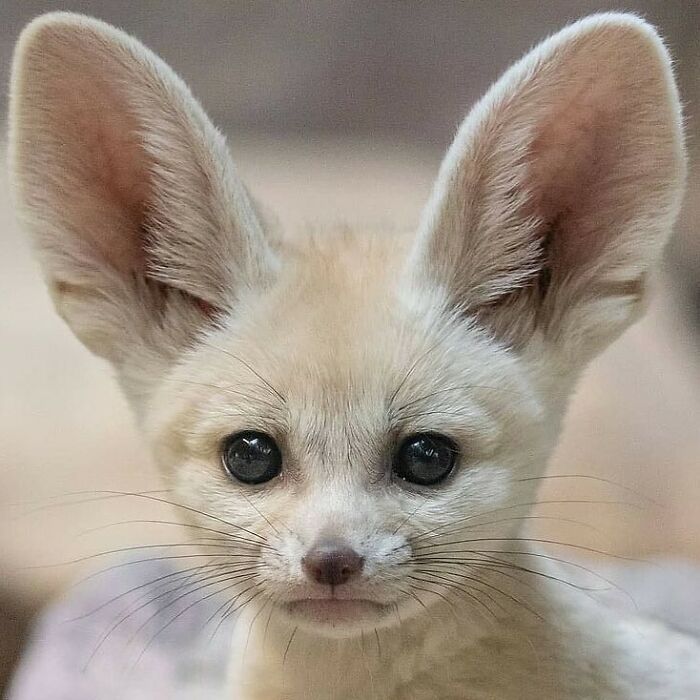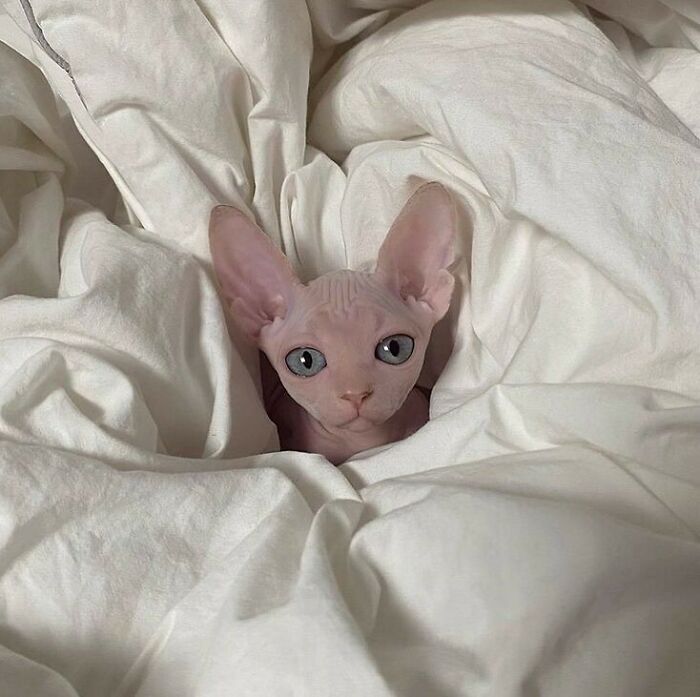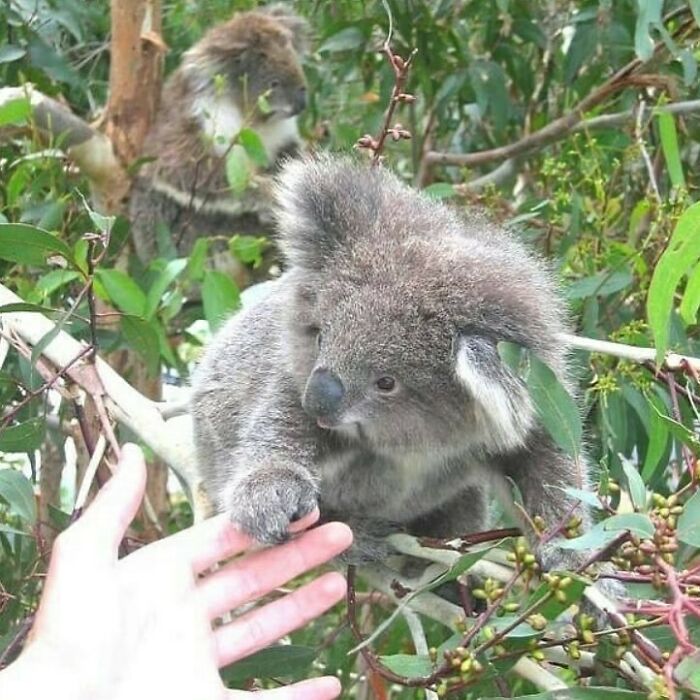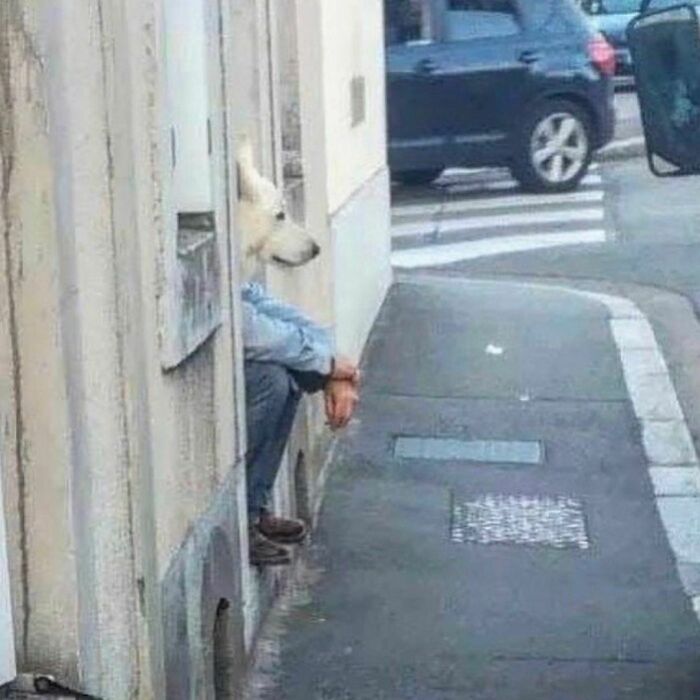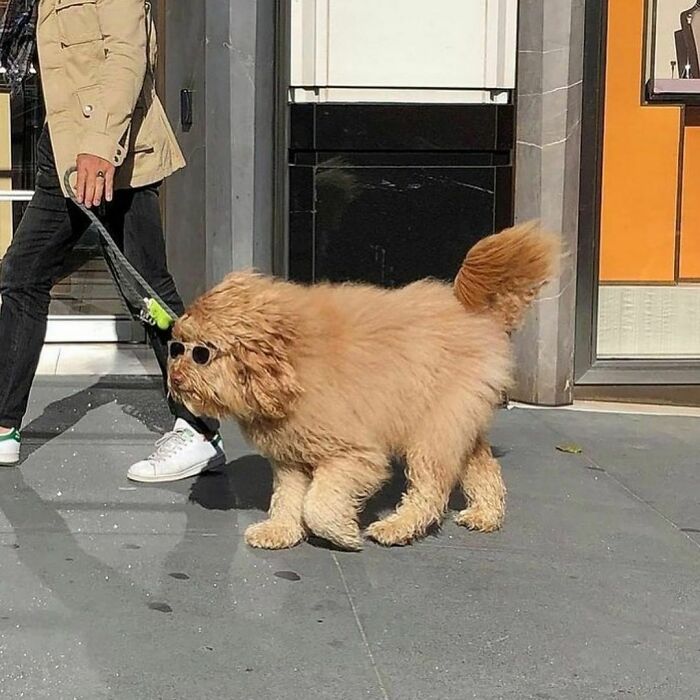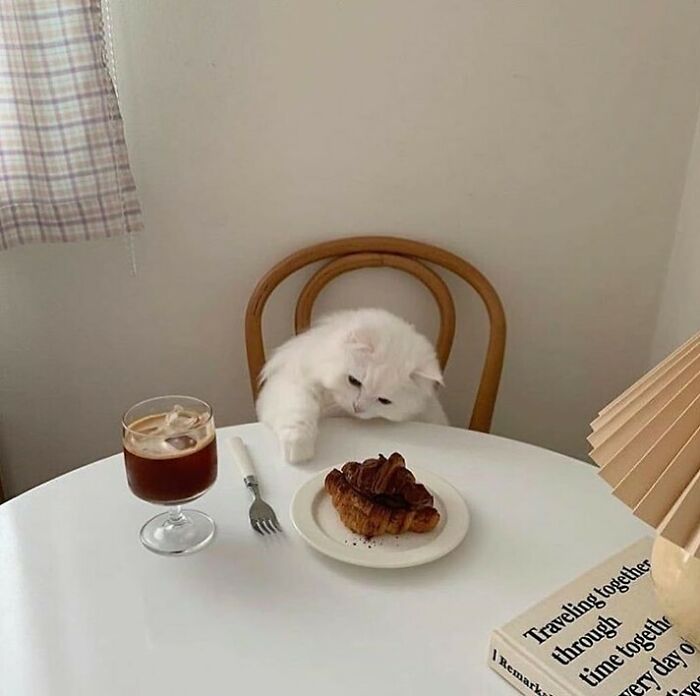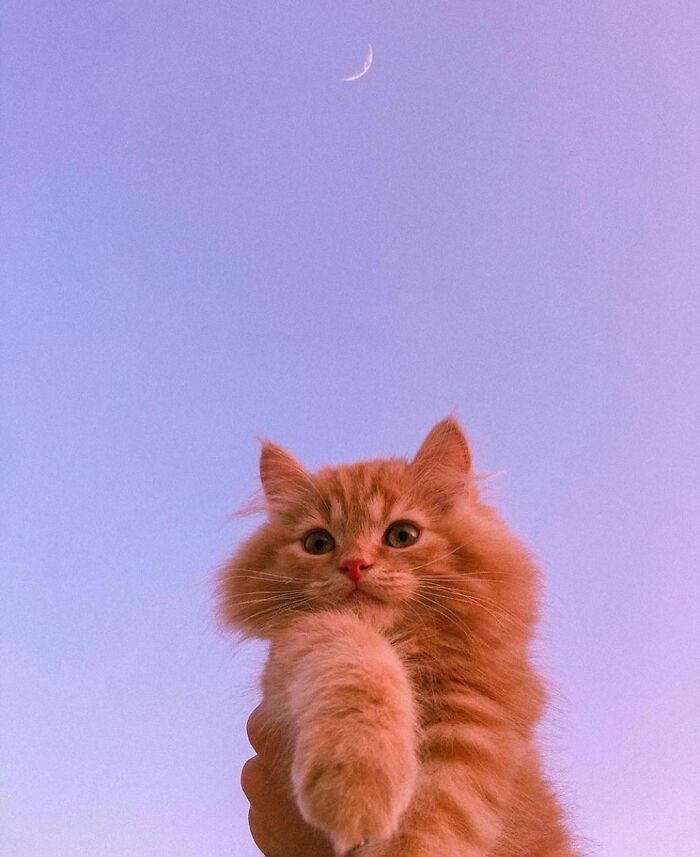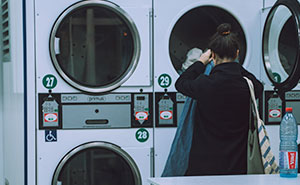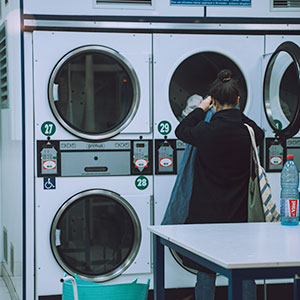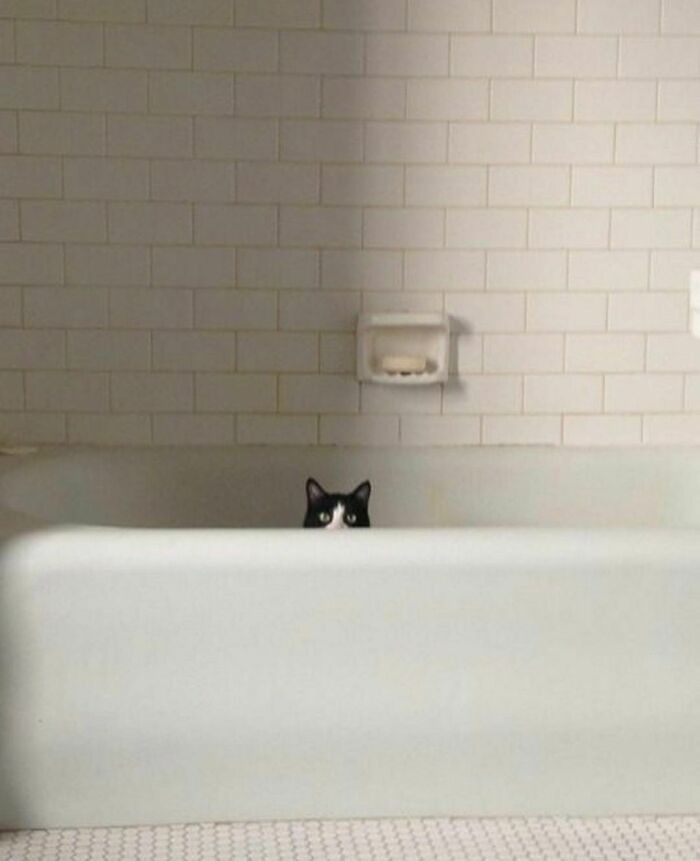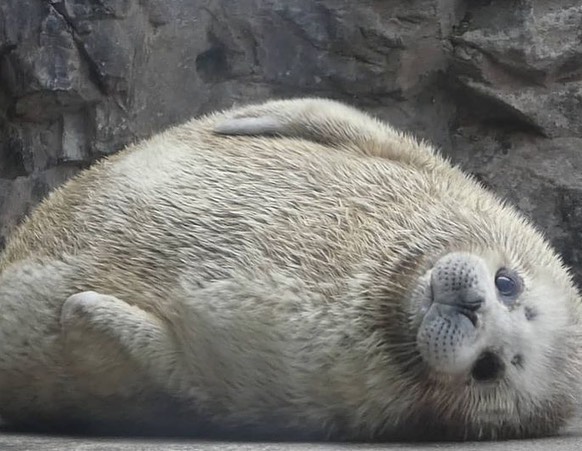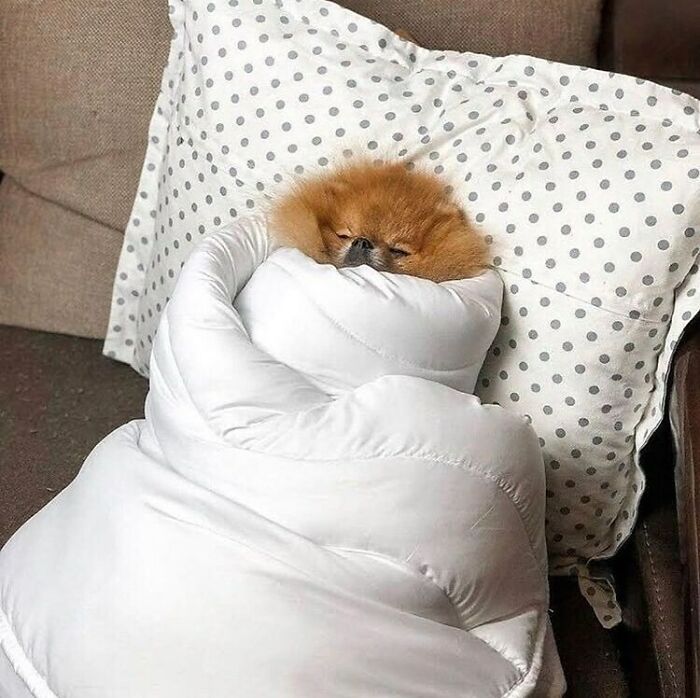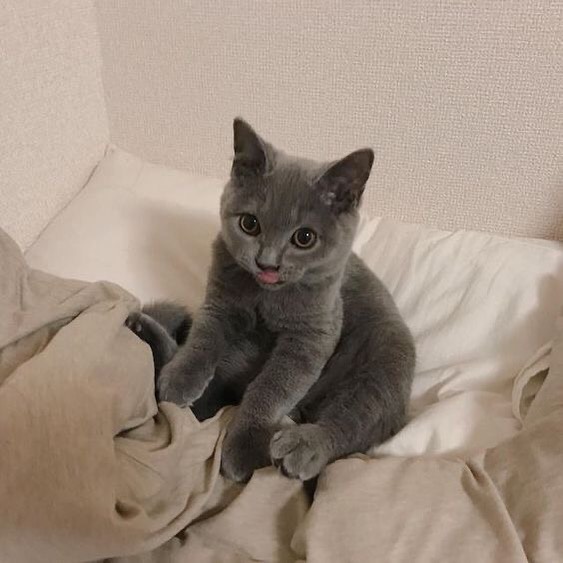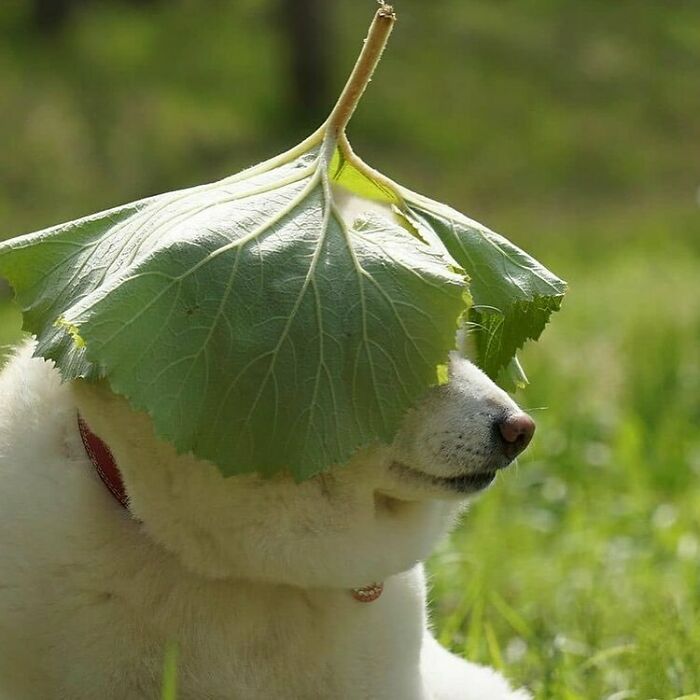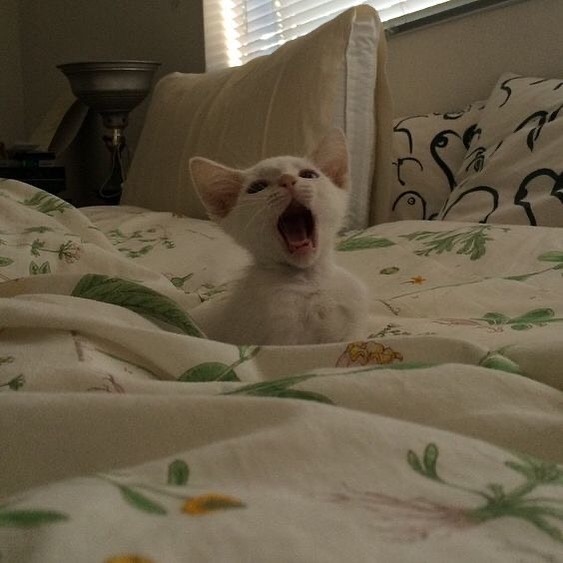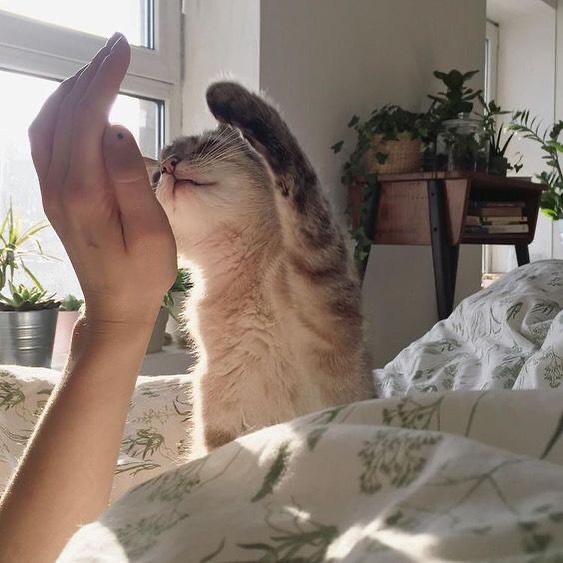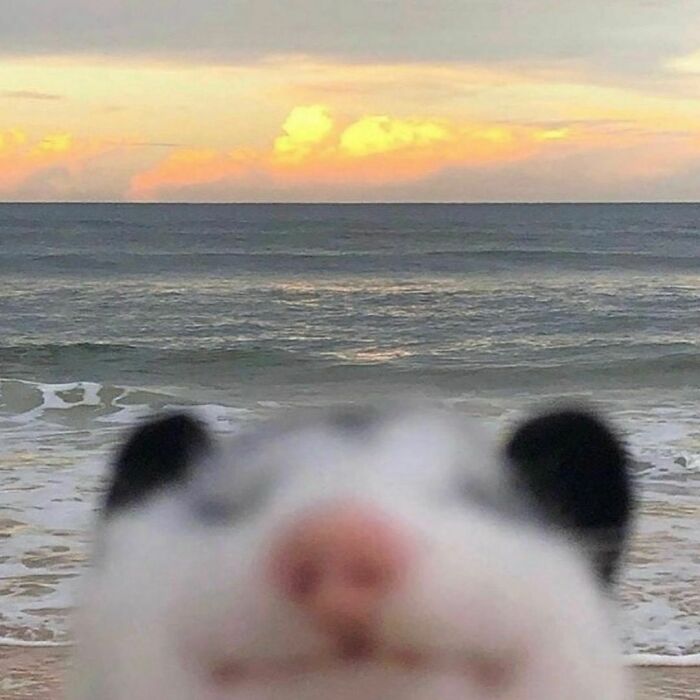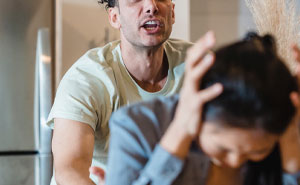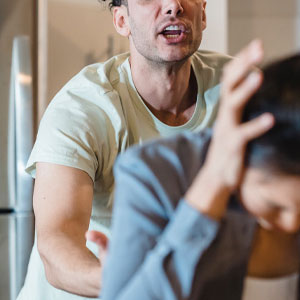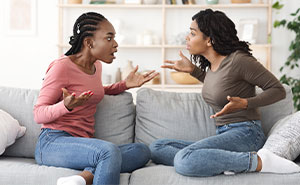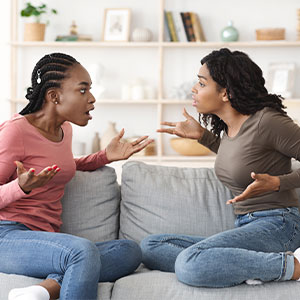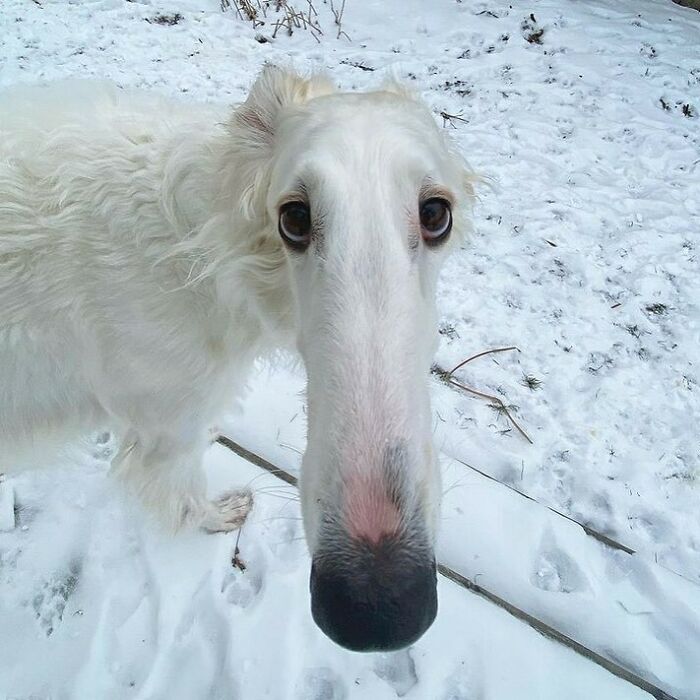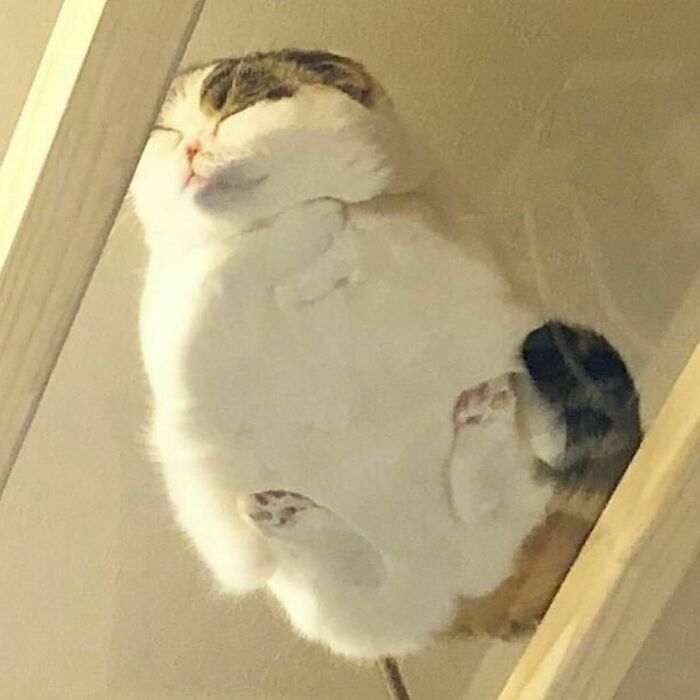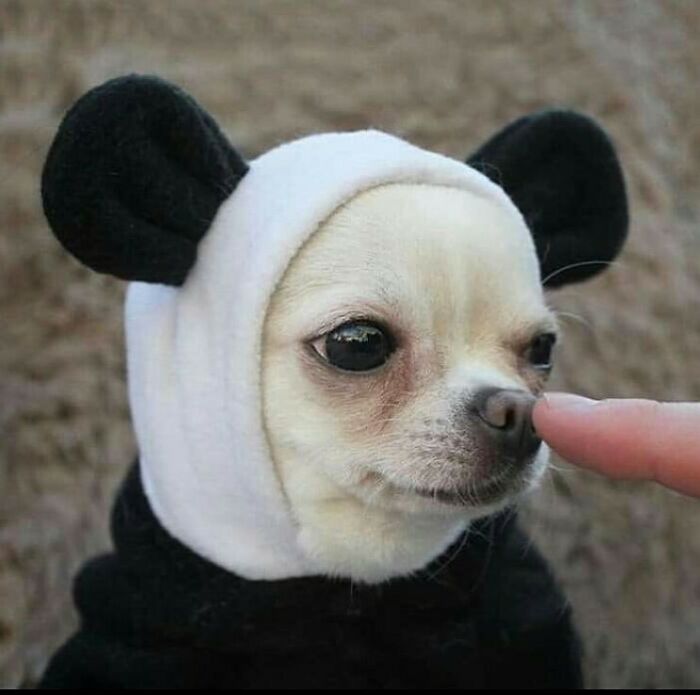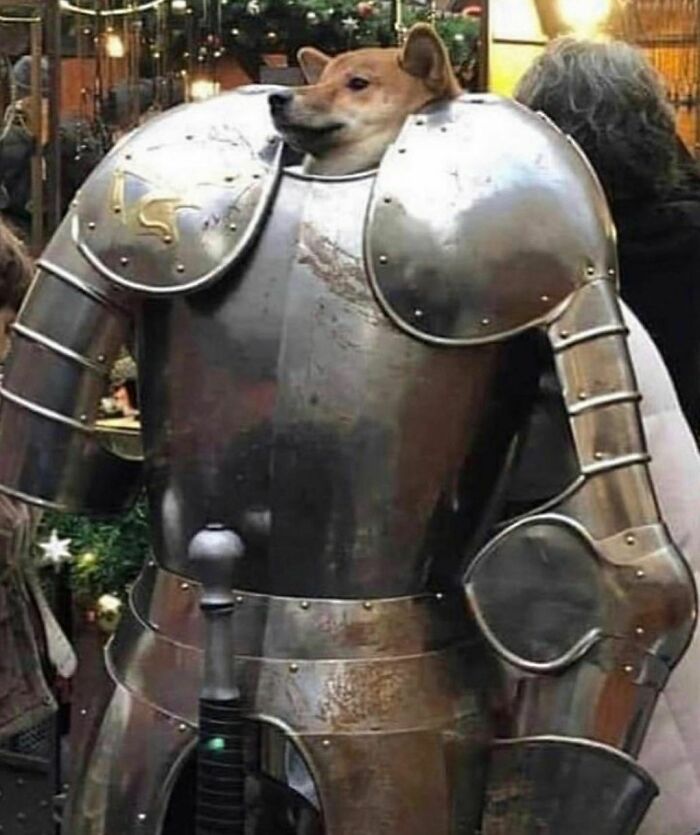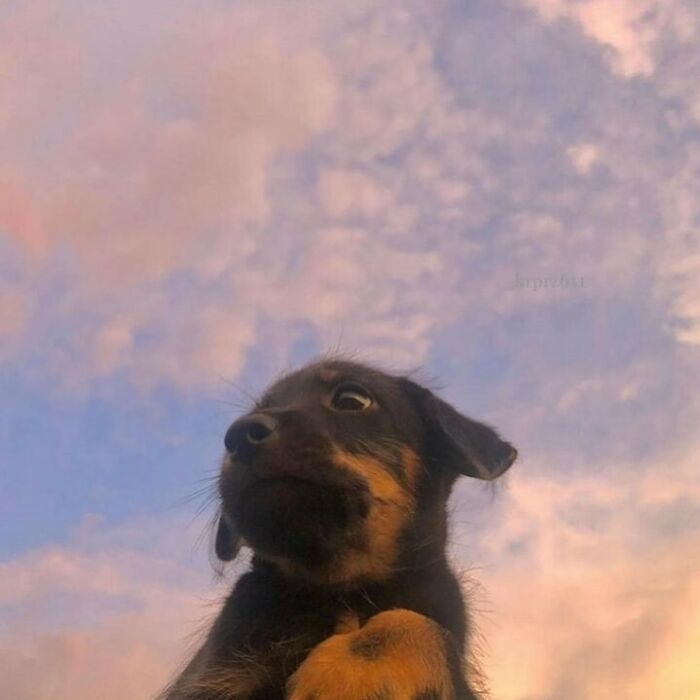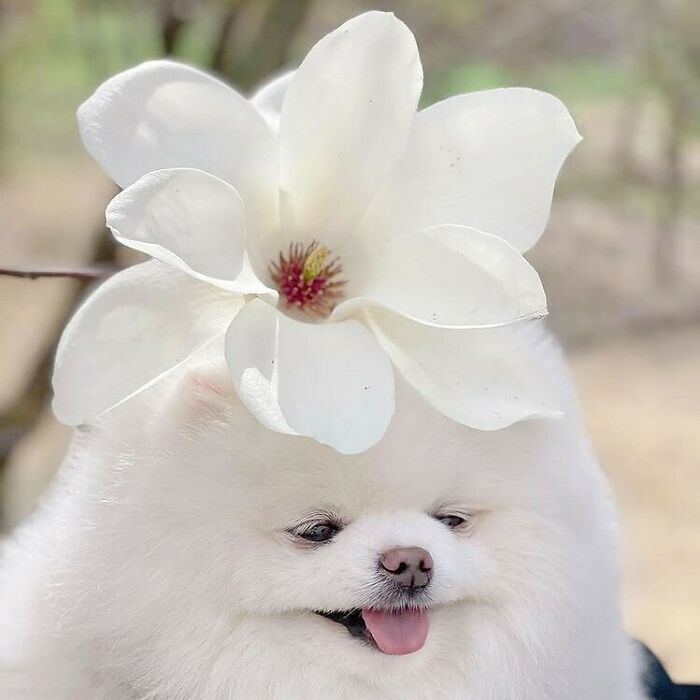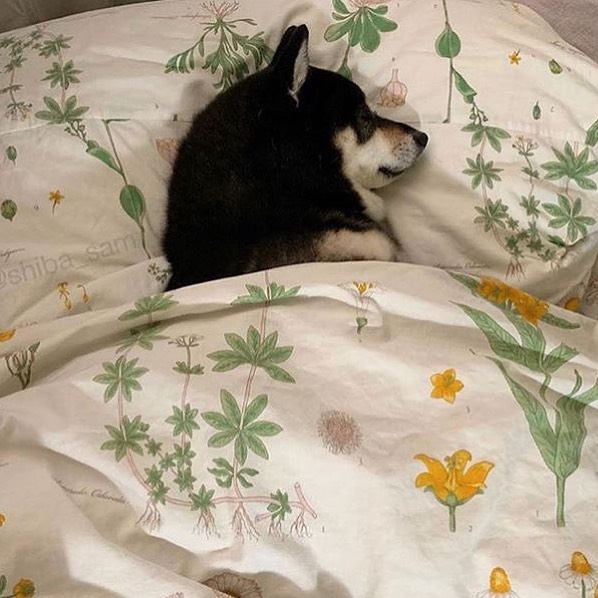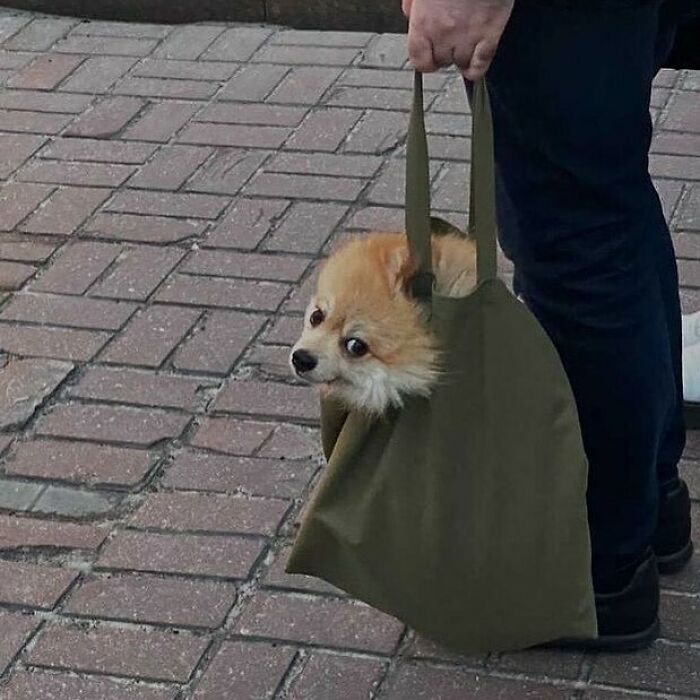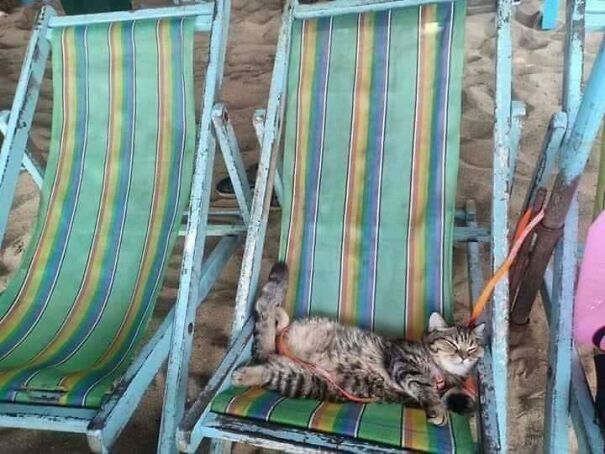Wildlife is one of the most technically demanding and rewarding genres of amateur and professional photography. According to Cary Wolinsky and Bob Caputo, who have a combined 64 years of experience photographing stories for National Geographic and other publications, whether you're trying to capture a herd of elephants on the Serengeti Plains or squirrels in your backyard, the name of the game is patience.
But sometimes the stars align and things just happen. Your cat gives your dog a warm hug and all you have to do is take out your phone and press the shutter button before their unexpected burst of love ends in turmoil. Sure, these photos won't make it to a competition like the Wildlife Photographer Of The Year, but there are other ways they can make people smile. Like the Instagram account, The Snuggle Is Real. It shares random animal photos that make people smile even on a rainy day, and who cares if the images aren't that high-res when you're grinning from ear to ear?
Continue scrolling and check out some of the best pics from this wholesome account.
More info: Instagram
This post may include affiliate links.
To learn more about what it takes to capture a good animal photo, we contacted wildlife conservation photographer Carla Rhodes. "Of course, gear is very important, but I also believe that the best camera is the one you have with you!" Rhodes told Bored Panda. "I’m a big fan of working within the restraints of what you have available, as the majority of us cannot afford a fast, prime 600mm telephoto lens combined with the latest and greatest camera body. The important thing is to get started and start photographing."
According to Rhodes, sometimes limitations in gear is precisely what helps a person to grow as a photographer and develop creativity in their work. "For example, mobile phone cameras have gotten to be pretty amazing. Though digital zoom isn’t going to get you the same results as a telephoto lens, you can often do basic shots, landscapes, and show an animal in its larger environment."
That being said, better gear will always get you better results. If you know how to use it, of course! "Wildlife photography is a varied combination of skills," Rhodes explained. "For example: Do you understand your subject and its behavior? How is your field technique? How well do you understand your camera and the basics of photography? Gear is truly only one piece of cracking the code of this difficult art form."
Rhodes highlighted that even though all forms of photography take skill, wildlife photography in particular has a high rate of failure; there are so many variables out of the photographer's control! "Not only do you have to know how to use your gear, but you also have to know how to work within difficult situations which, from the outside, may look very limited due to the lack of control you have over the scene," she explained. "It’s paramount for me to understand the habitat, best times of day for light, subject’s behavior, and track and signs. Oh, and you have to know how to get ‘the shot’ within seconds."
A good wildlife photo usually requires long hours in the field. Some of Carla's favorite shots, for instance, took months to get. But you also get to share moments with wildlife and observe animals.
"Documenting the natural world is so incredibly important right now, and as a photographer, you can make a big impact with your work. Wildlife photography has the power to open up a secret world to the viewers, which hopefully leads to a deeper understanding of wildlife and, hopefully, conservation gains. I always shoot the natural world with the mindset it will continue on long after humans are extinct... So I approach my work with wonder, respect, and a deep level of gratitude."
The best advice Rhodes can give to wildlife photography enthusiasts is to always put the welfare of the subject first and always caption your photographs truthfully. "I’m part of a new movement of photographers who put ethics and the welfare of the subject before ‘getting the shot," she said. "My colleagues and I do not take shortcuts by baiting, luring, or calling subjects as this can modify their behavior and ultimately harm them. I believe possessing strong ethics makes one a much better wildlife photographer."
At the end of the day, you just have to get out there and start shooting—nothing can replace the act of actually photographing. Everything else should come naturally.
I got the stick! I got the stick! I’m king of the world ‘cause I got the stick!
"Storytelling to me is paramount," Carla Rhodes added. "Conventionally great shots that are tack sharp and super zoomed in of wildlife generally don’t move me as much as photos that tell a story. For me personally, I want viewers to feel engaged and curious about my subjects, hopefully turning their minds to respect and protect our natural world."
And you can see Carla's principles reveal themselves on her Instagram account too.
"Our natural world is suffering greatly right now. Visual Storytellers are more important than ever and have the power to connect viewers with wildlife, ultimately helping conservation efforts," Rhodes said.
The lesser fluff ball takes leave of its siblings when it fully fledges.
There's a little brown dog, resting in the water. A little brown dog, doing what he oughta. He jumped right in with the lily pads, he started his nap and he thought "I'm glad......."

 Dark Mode
Dark Mode  No fees, cancel anytime
No fees, cancel anytime 




